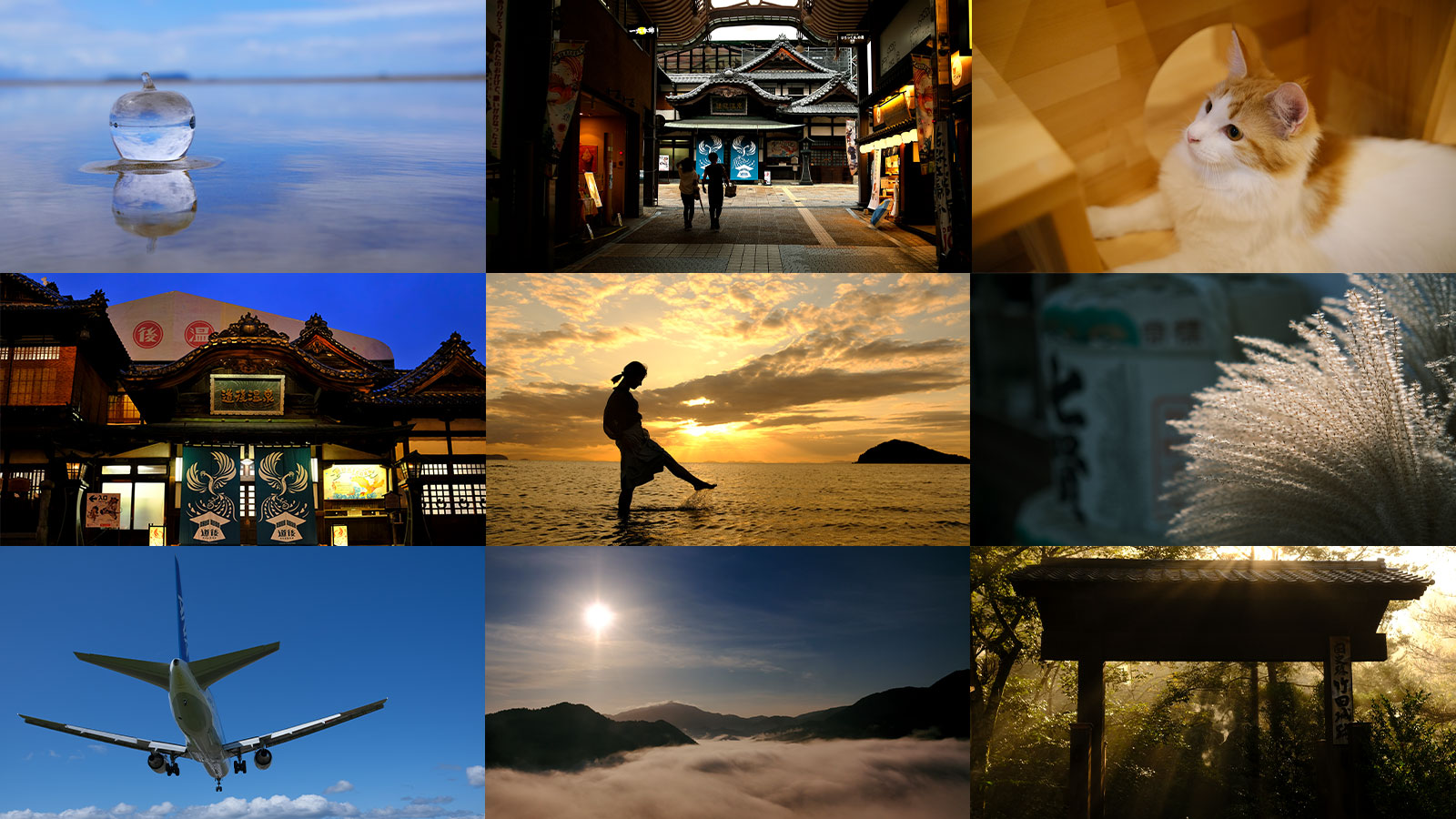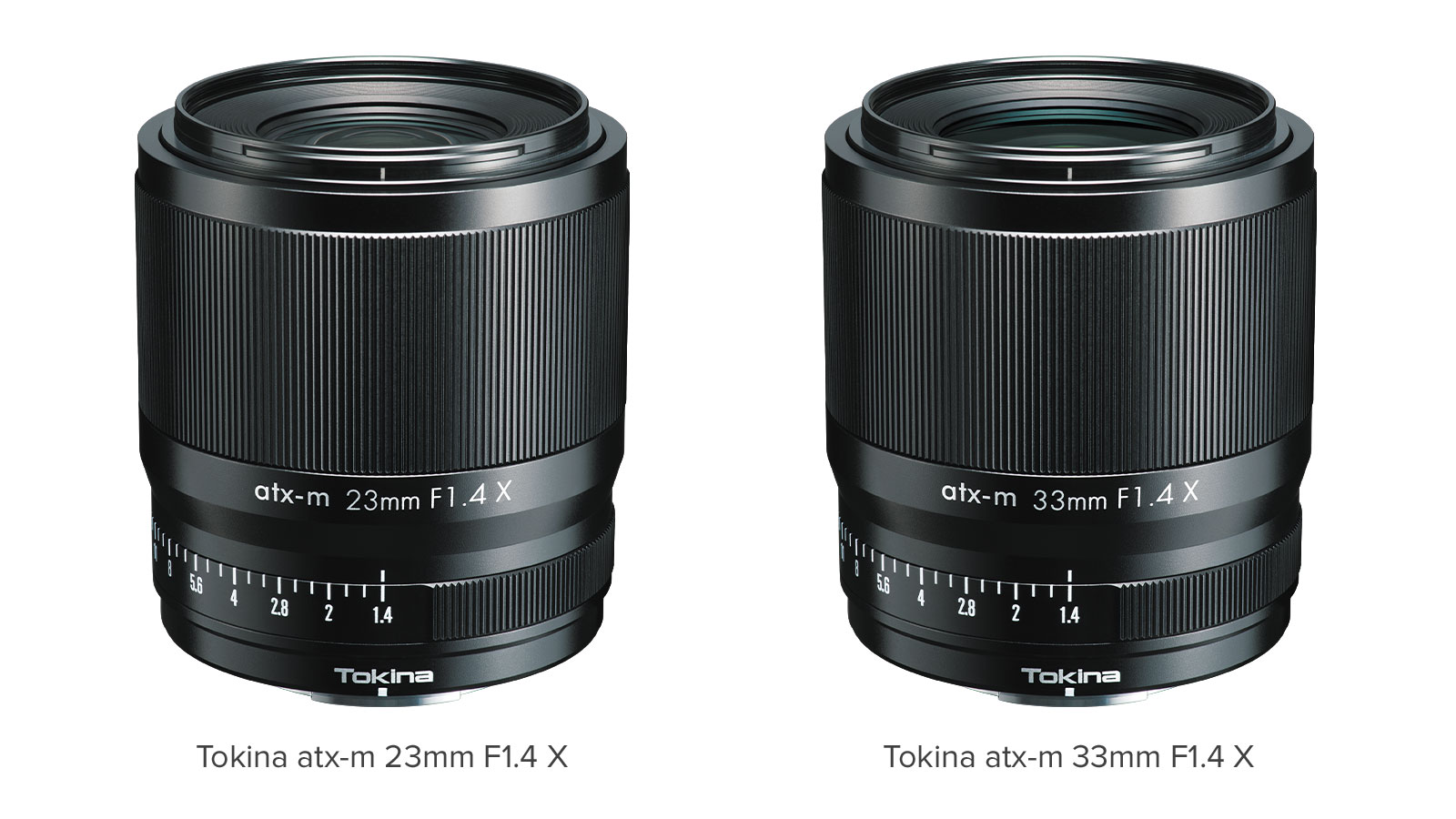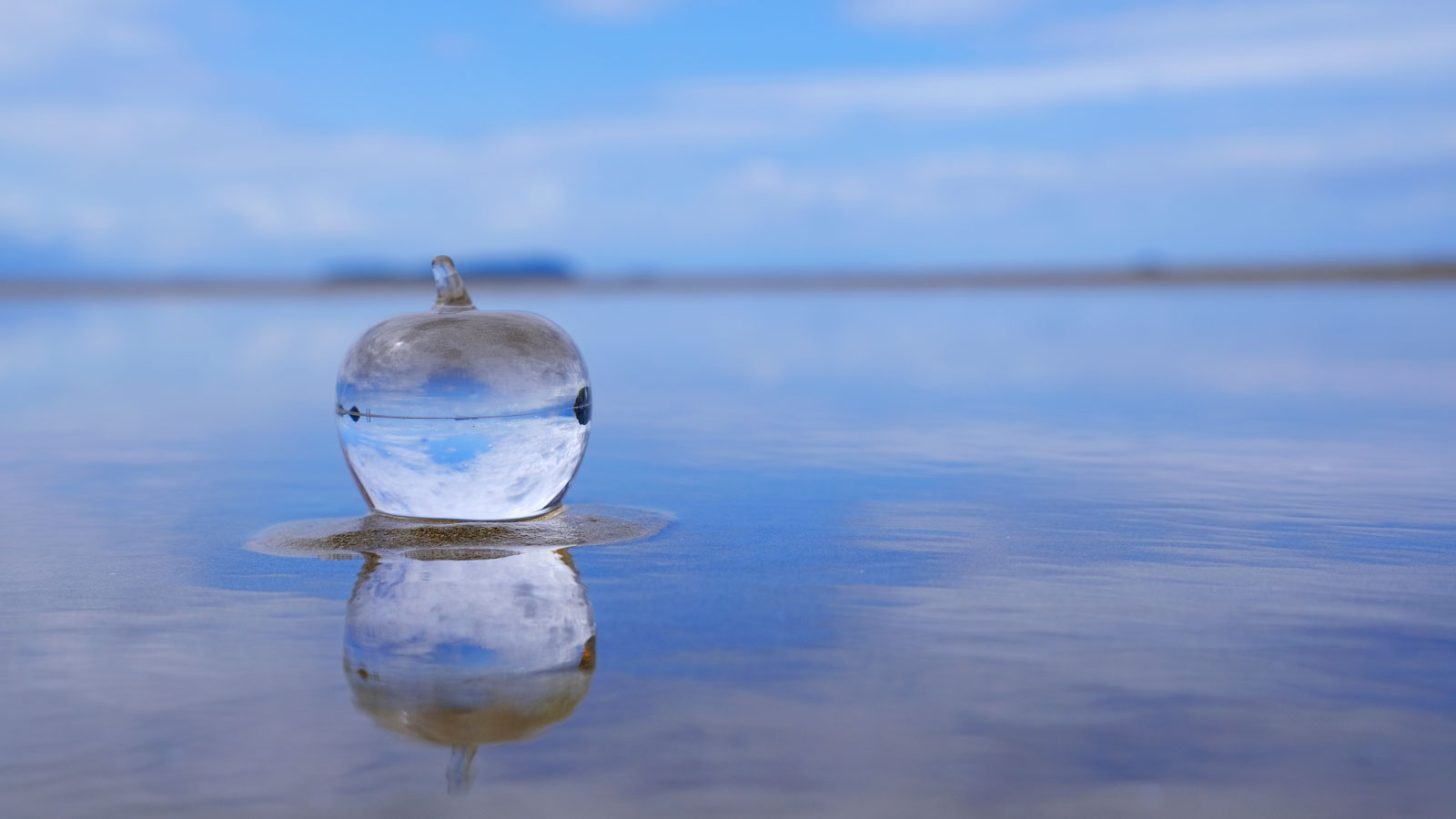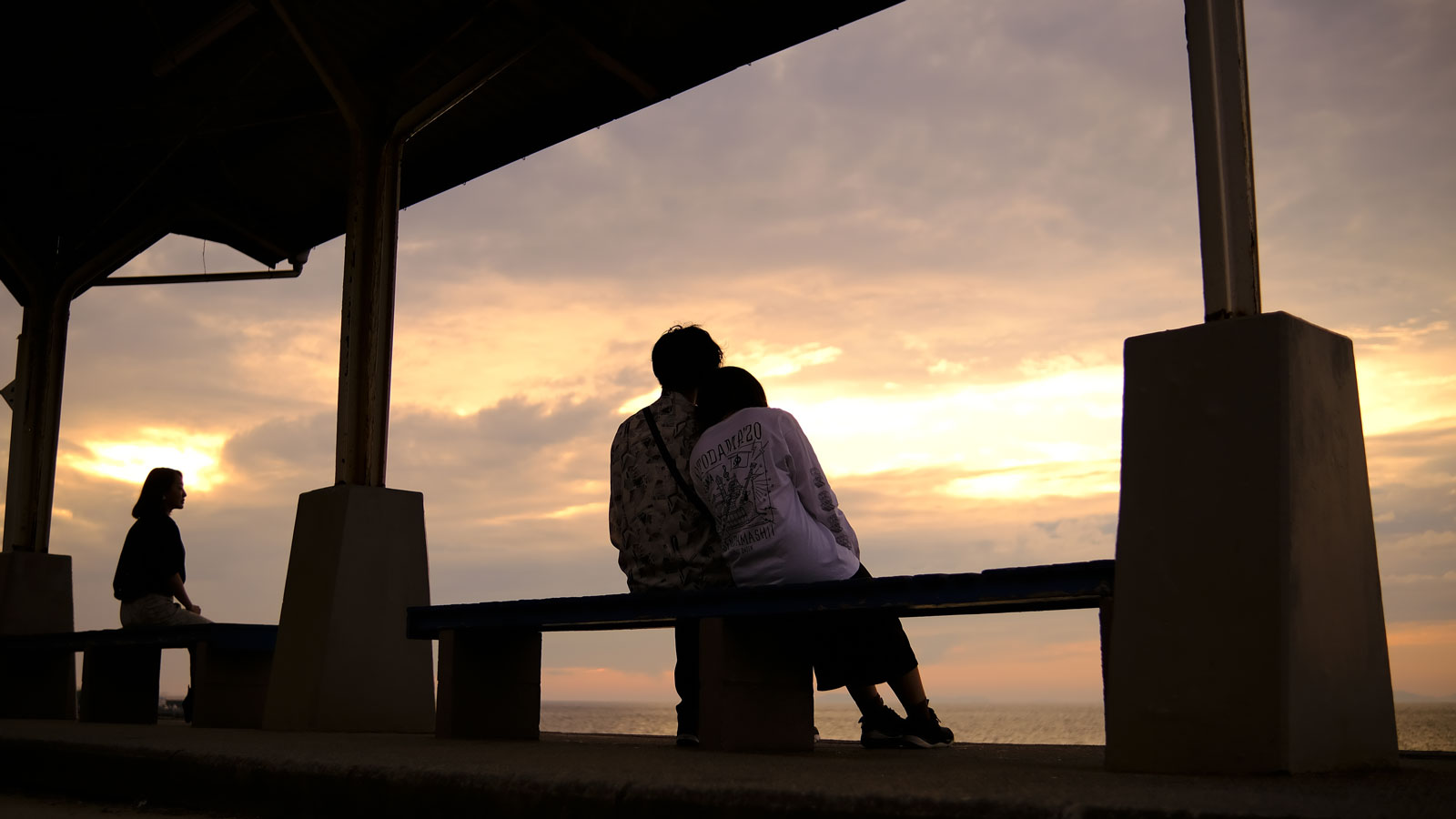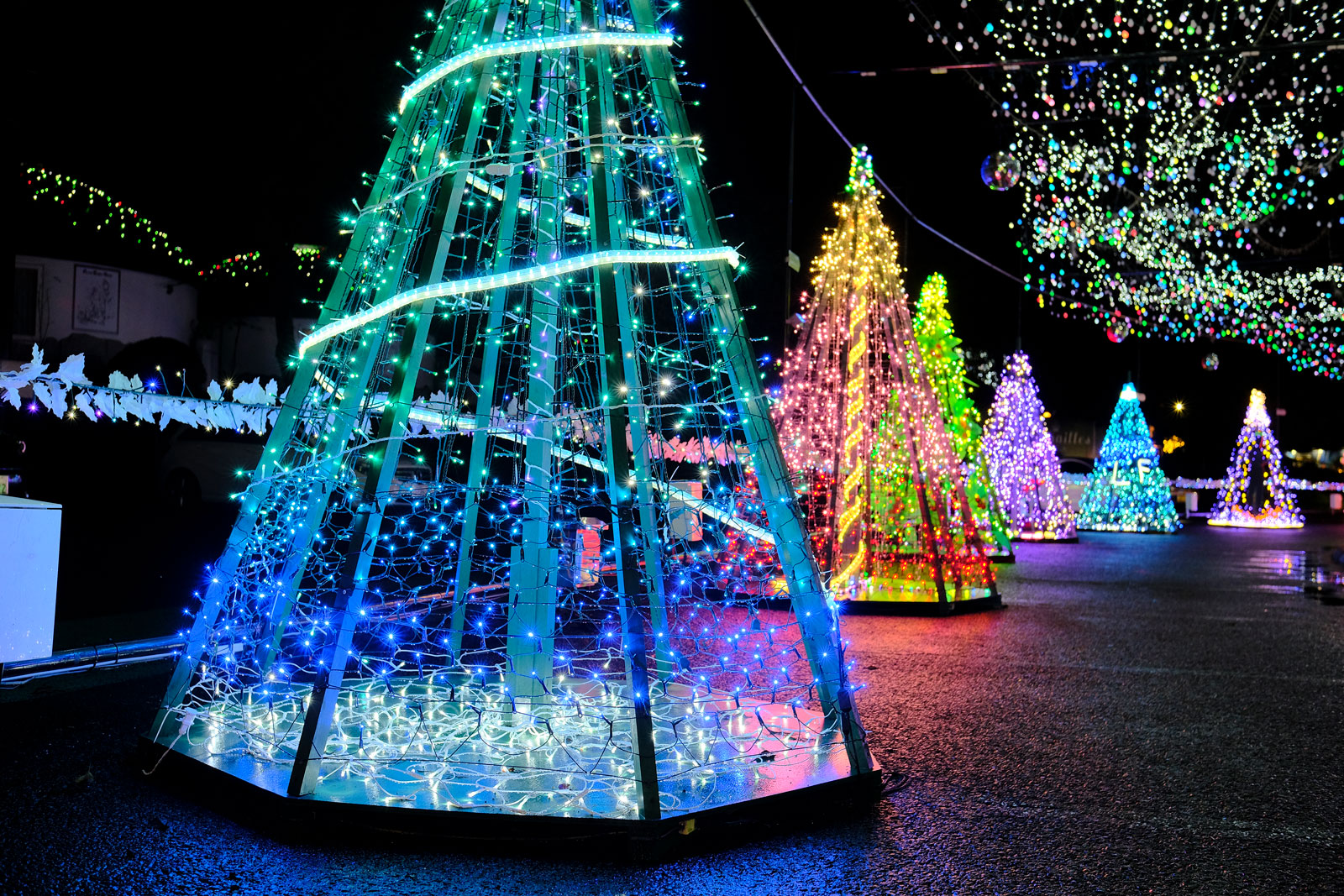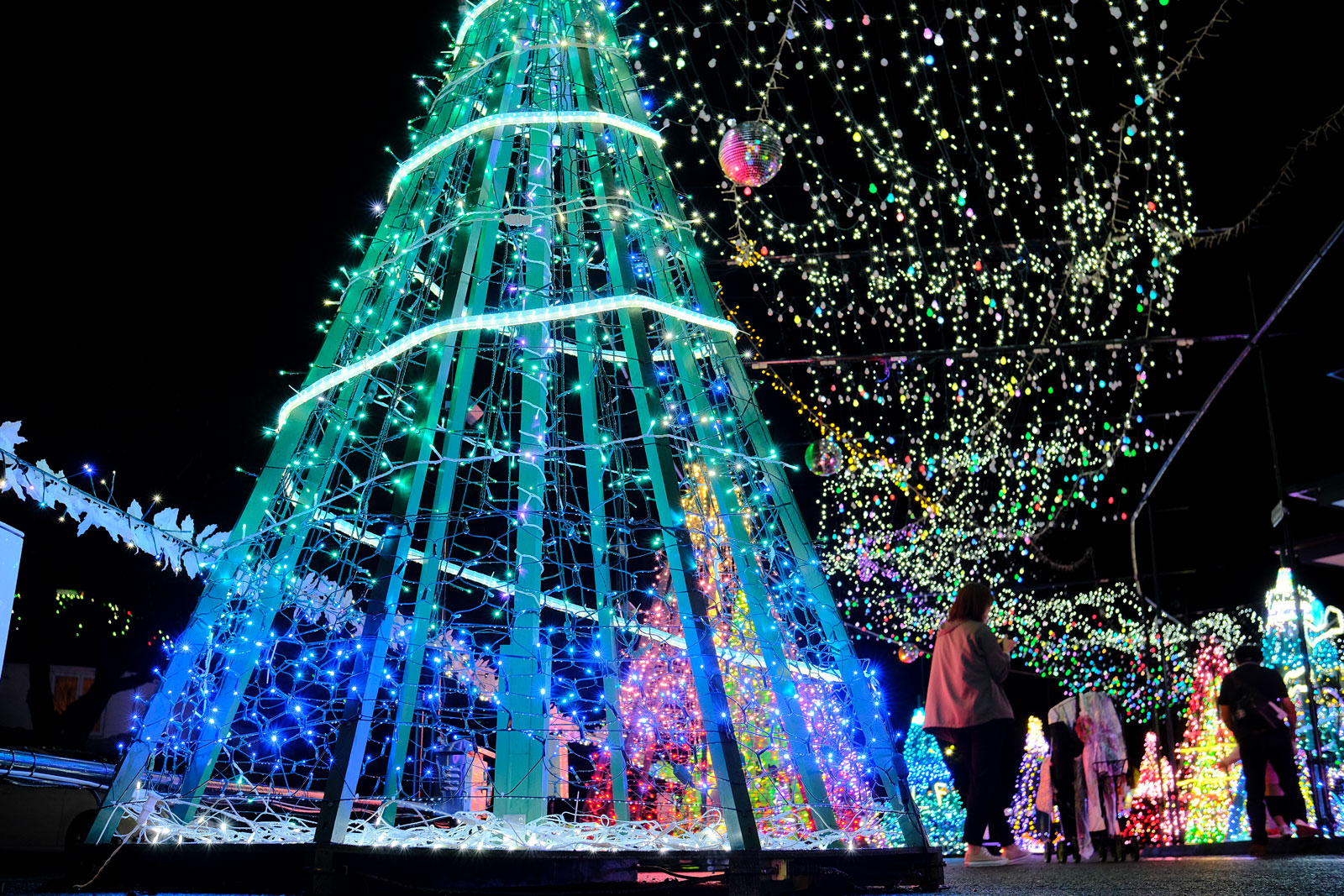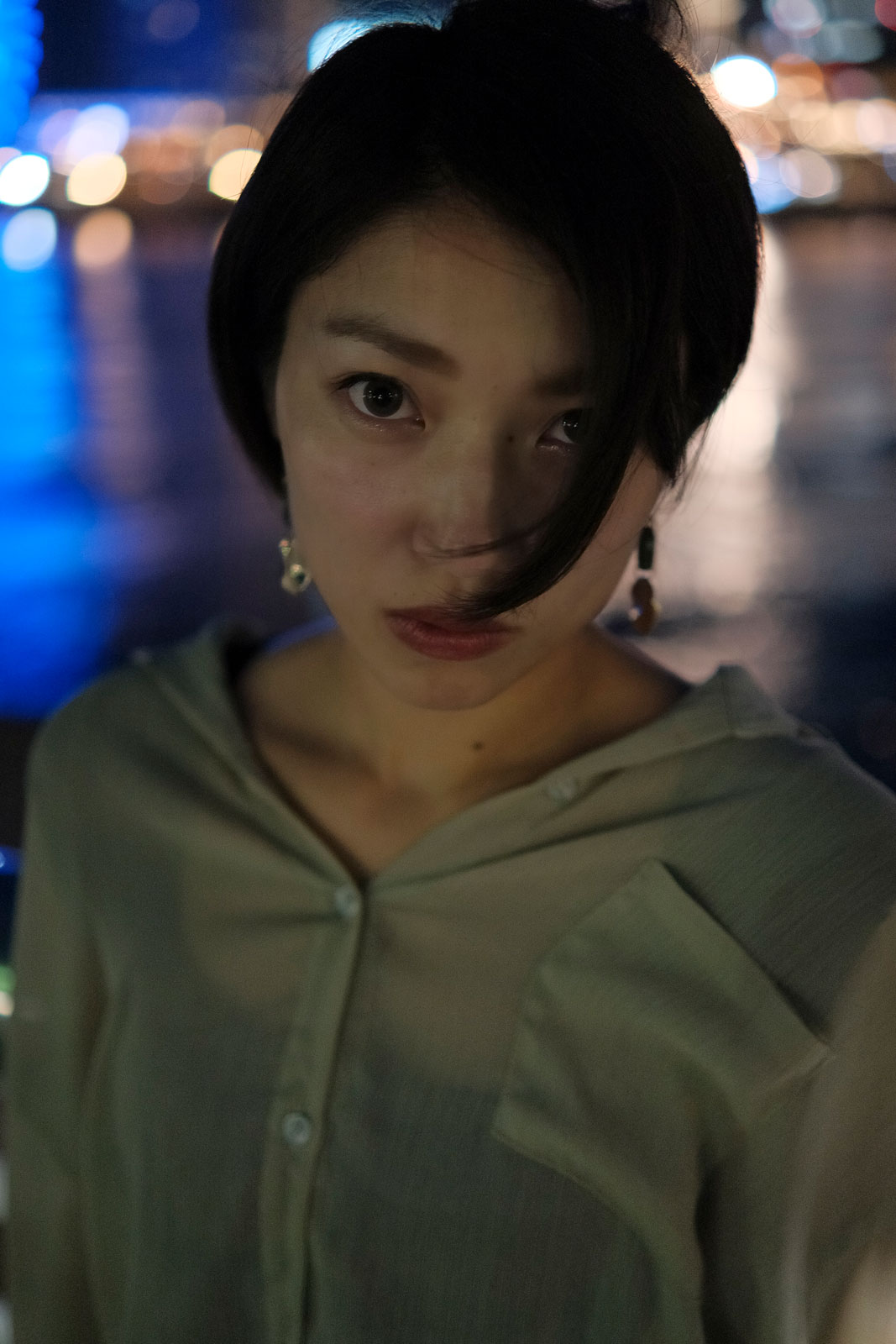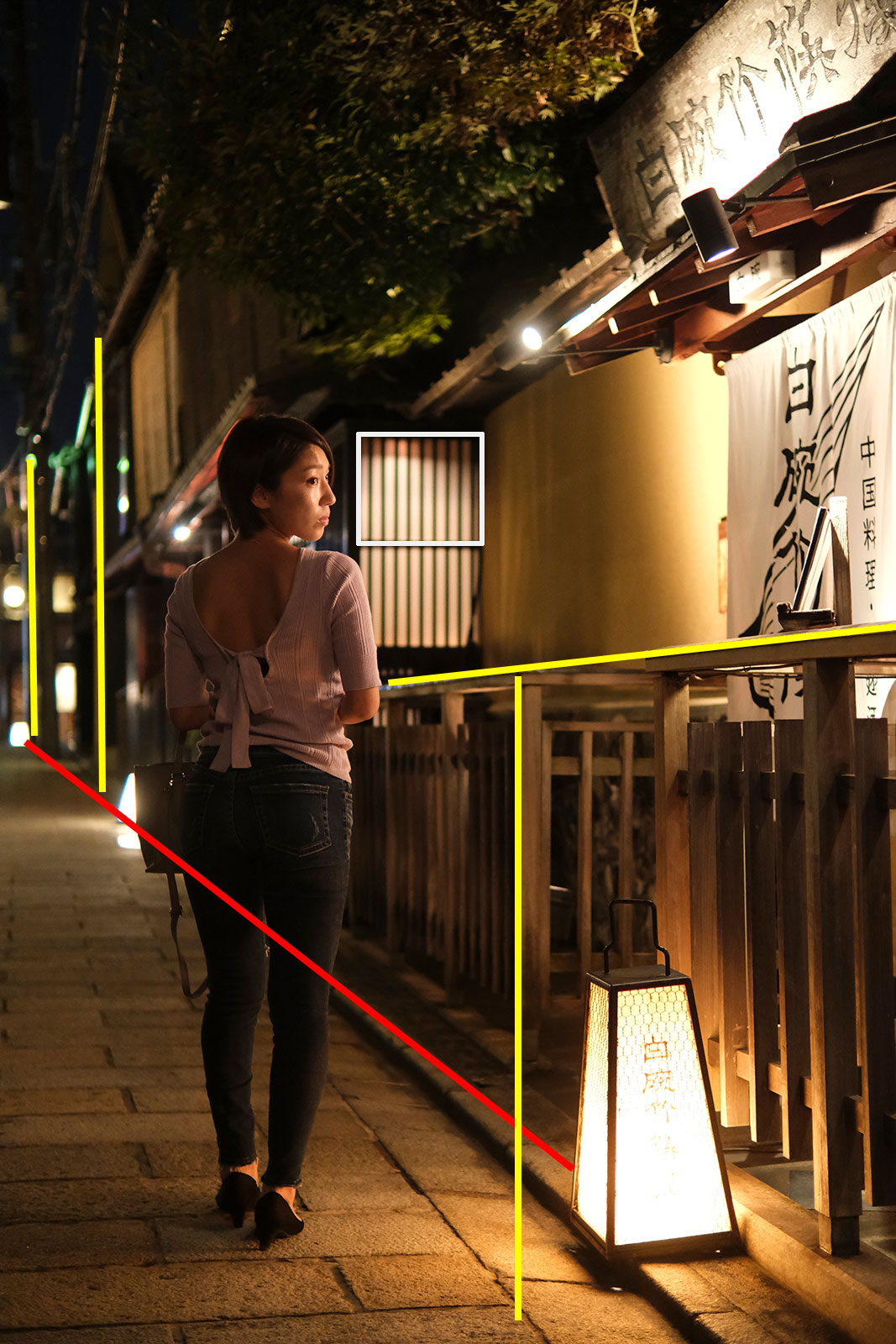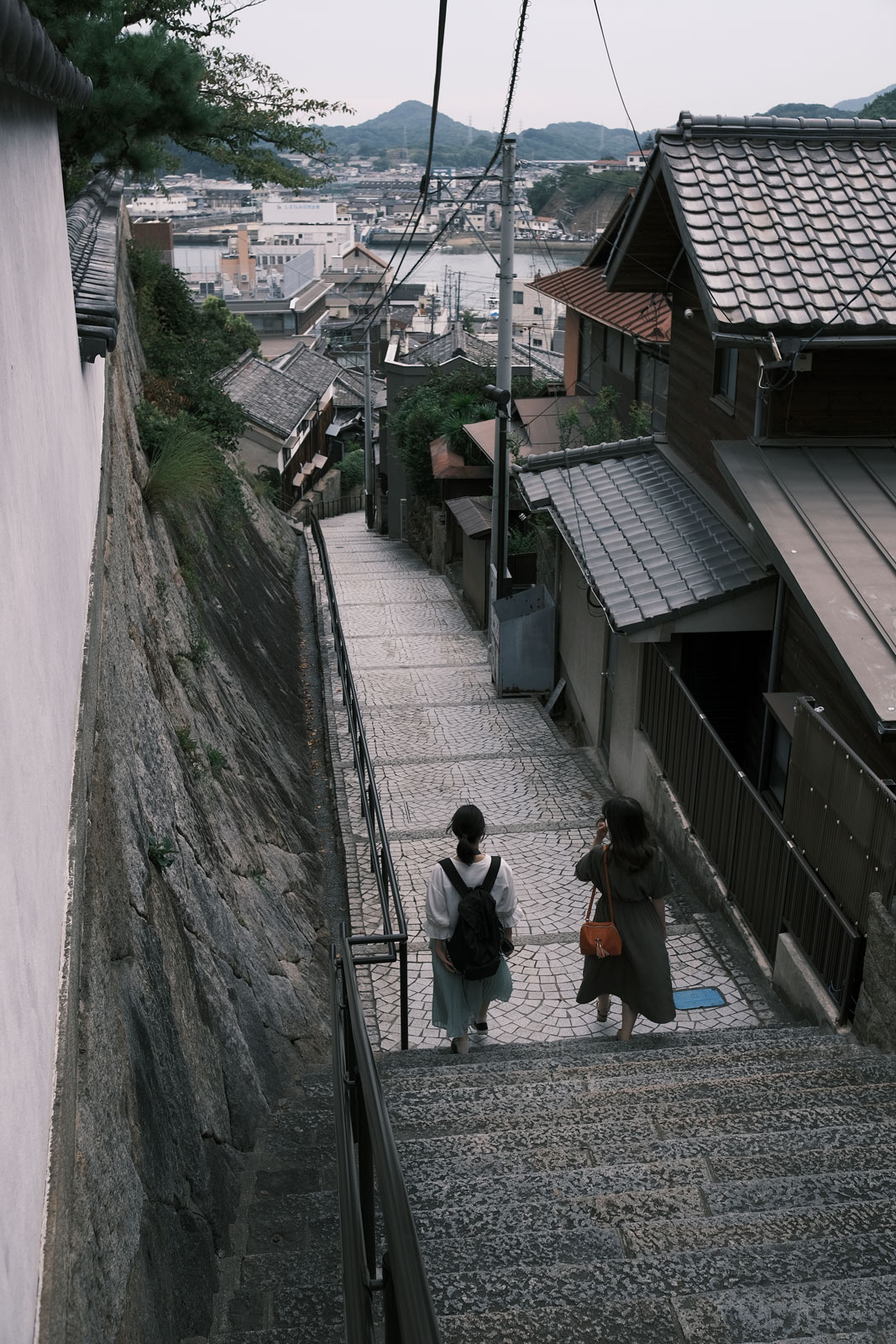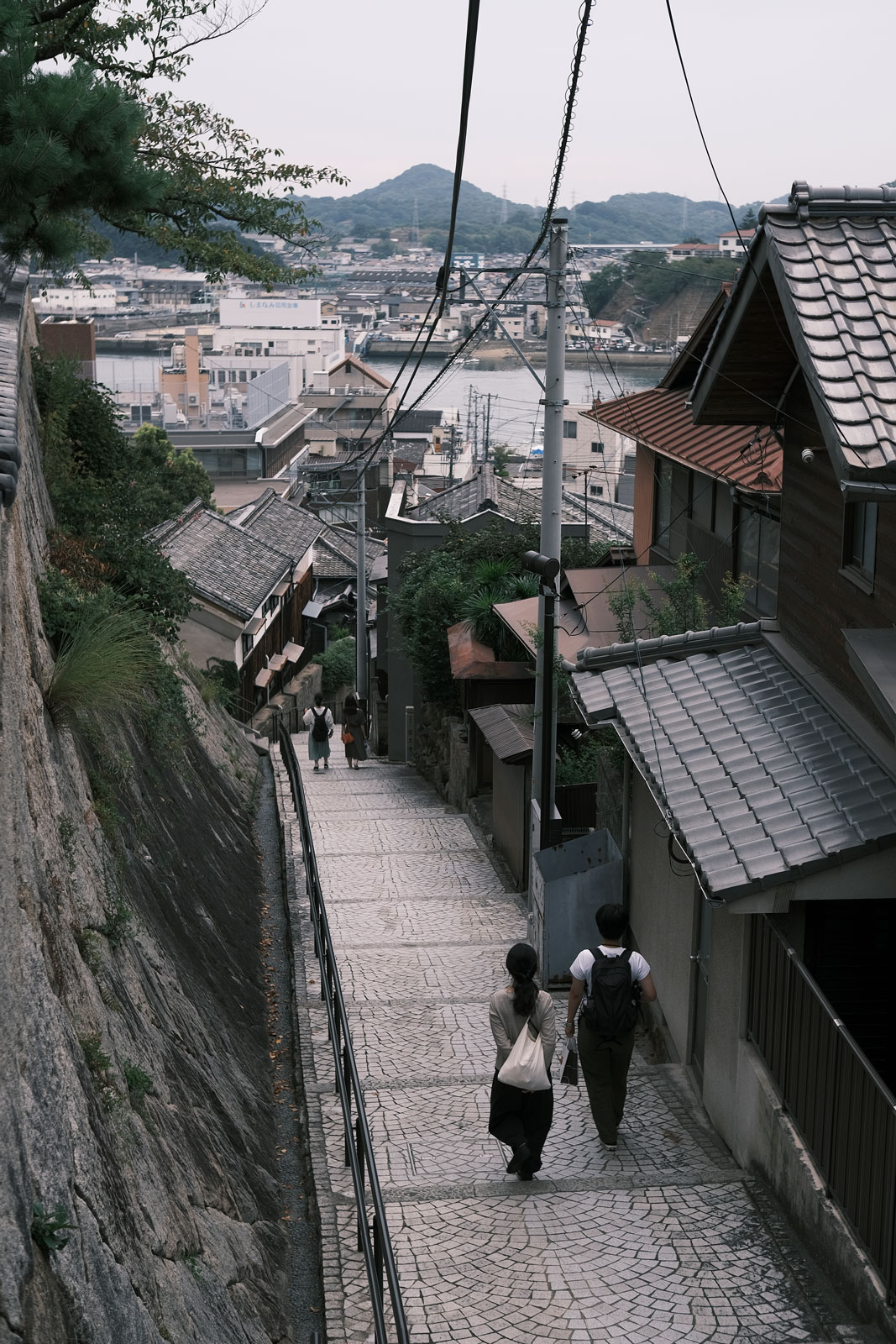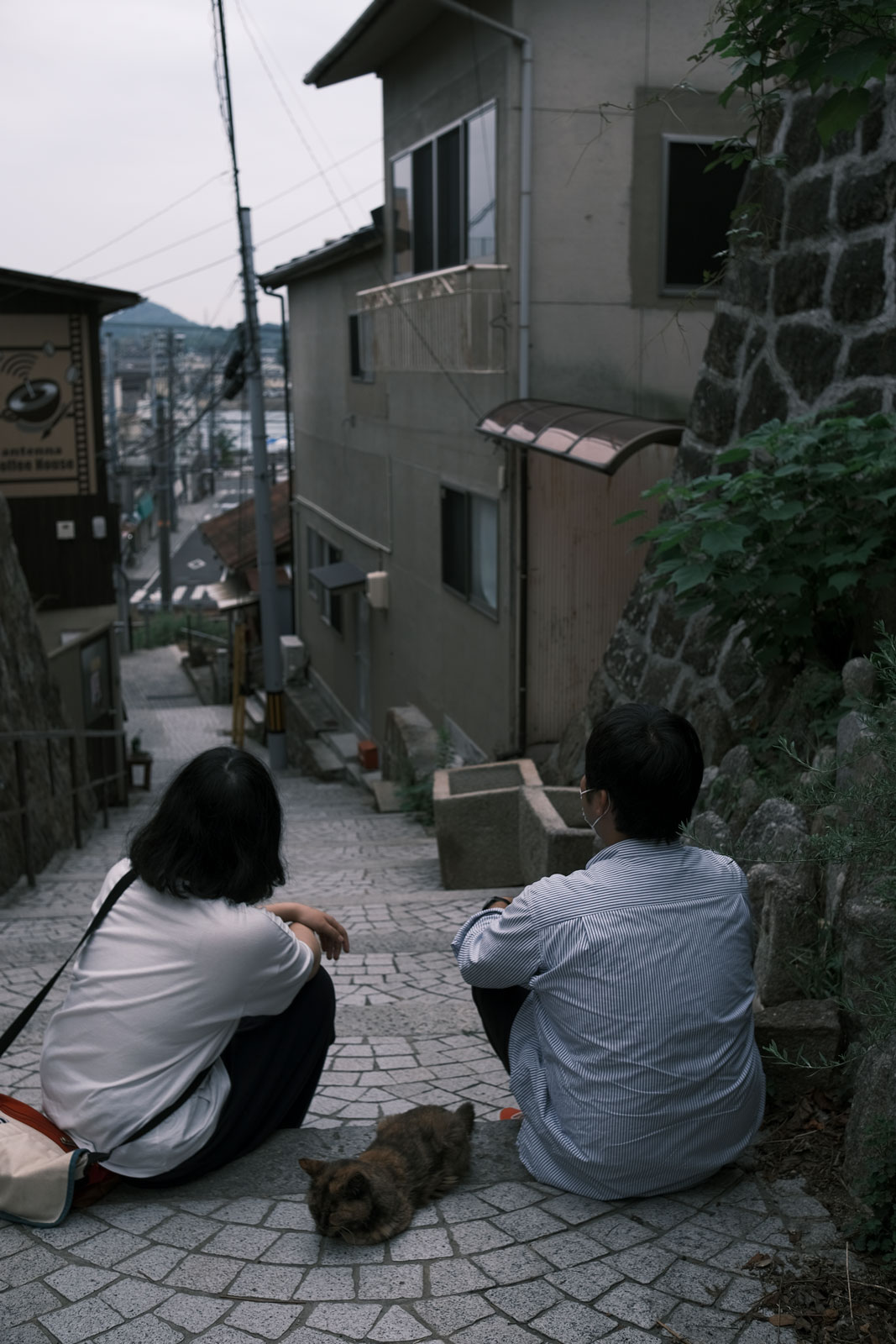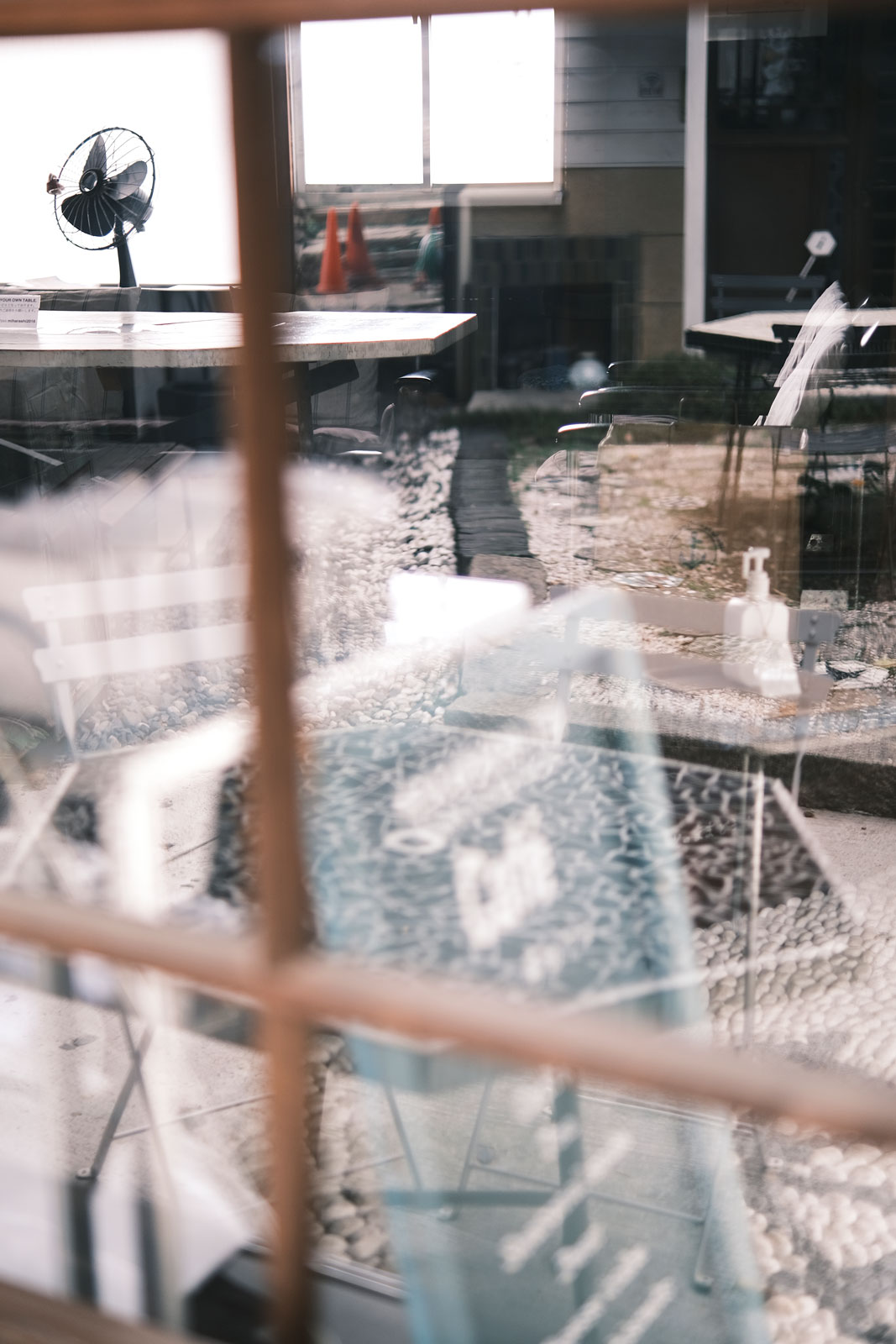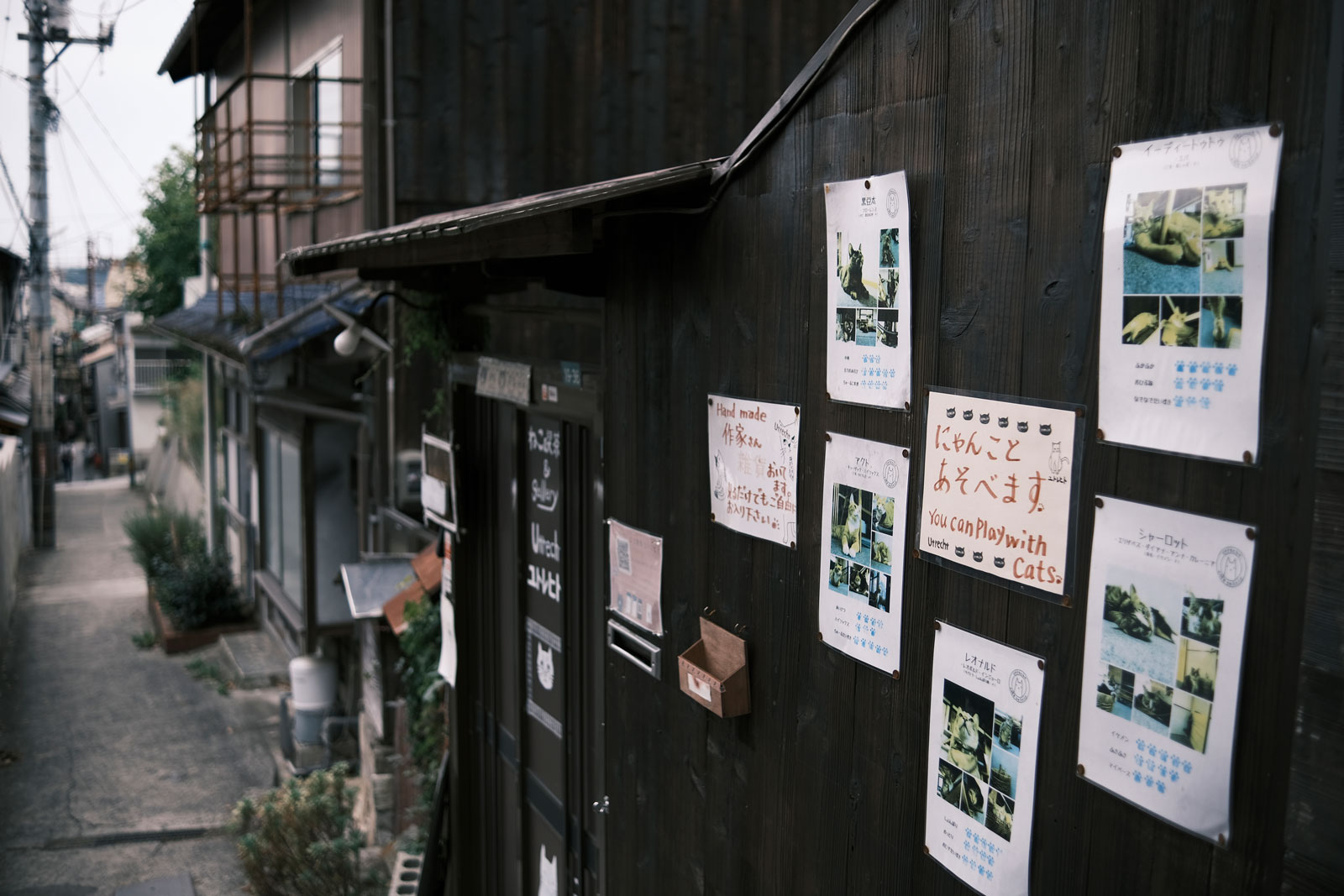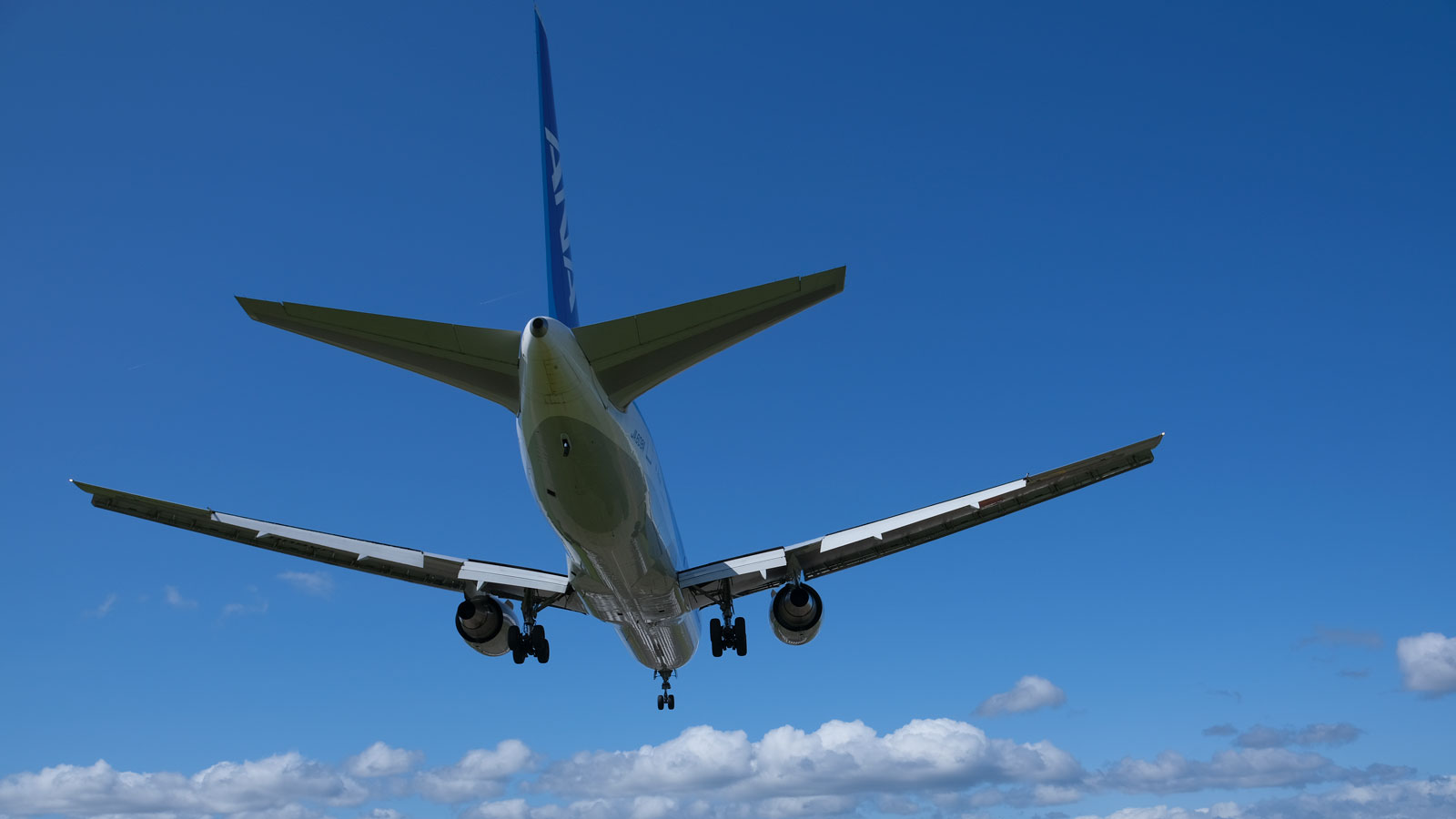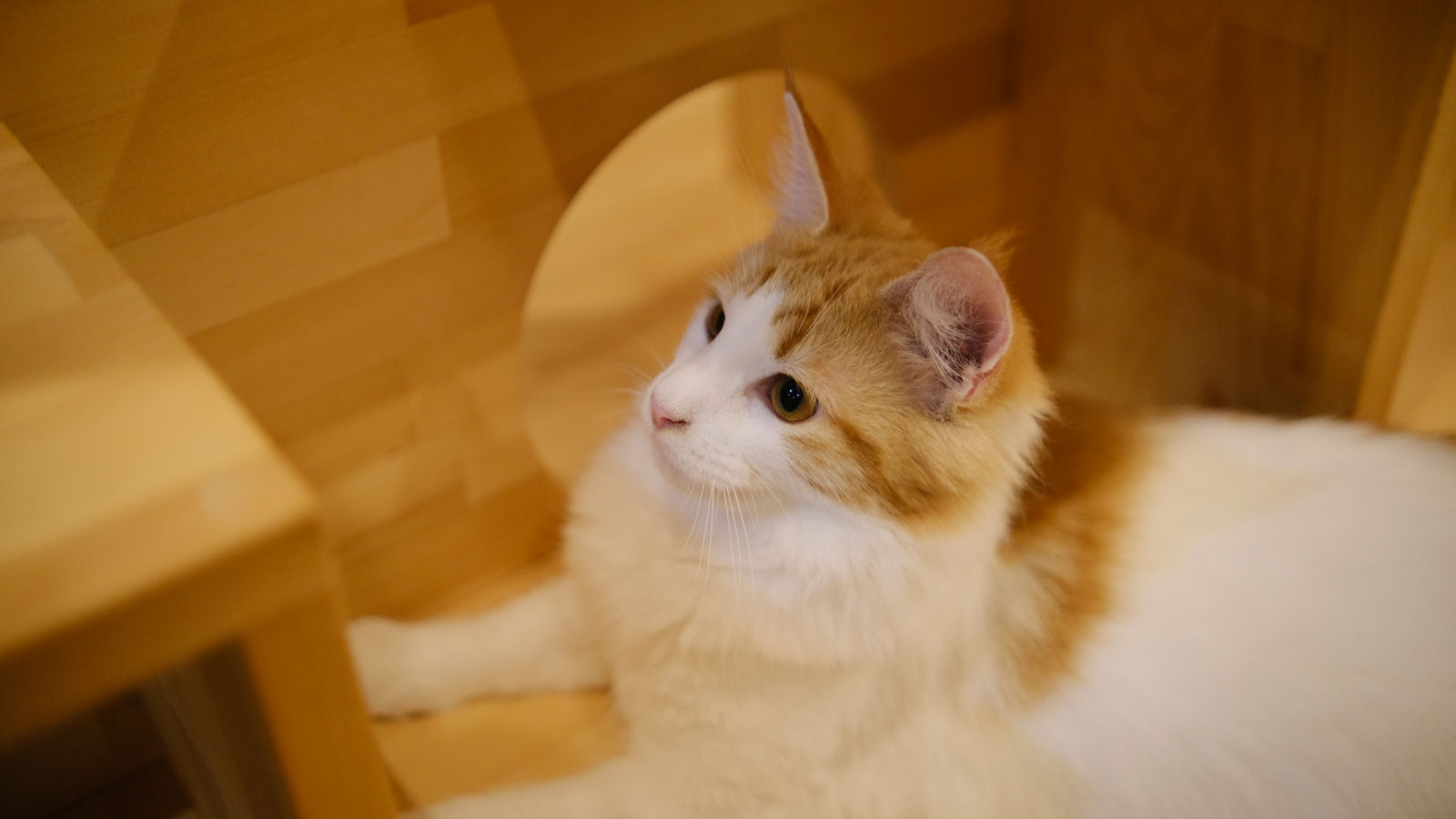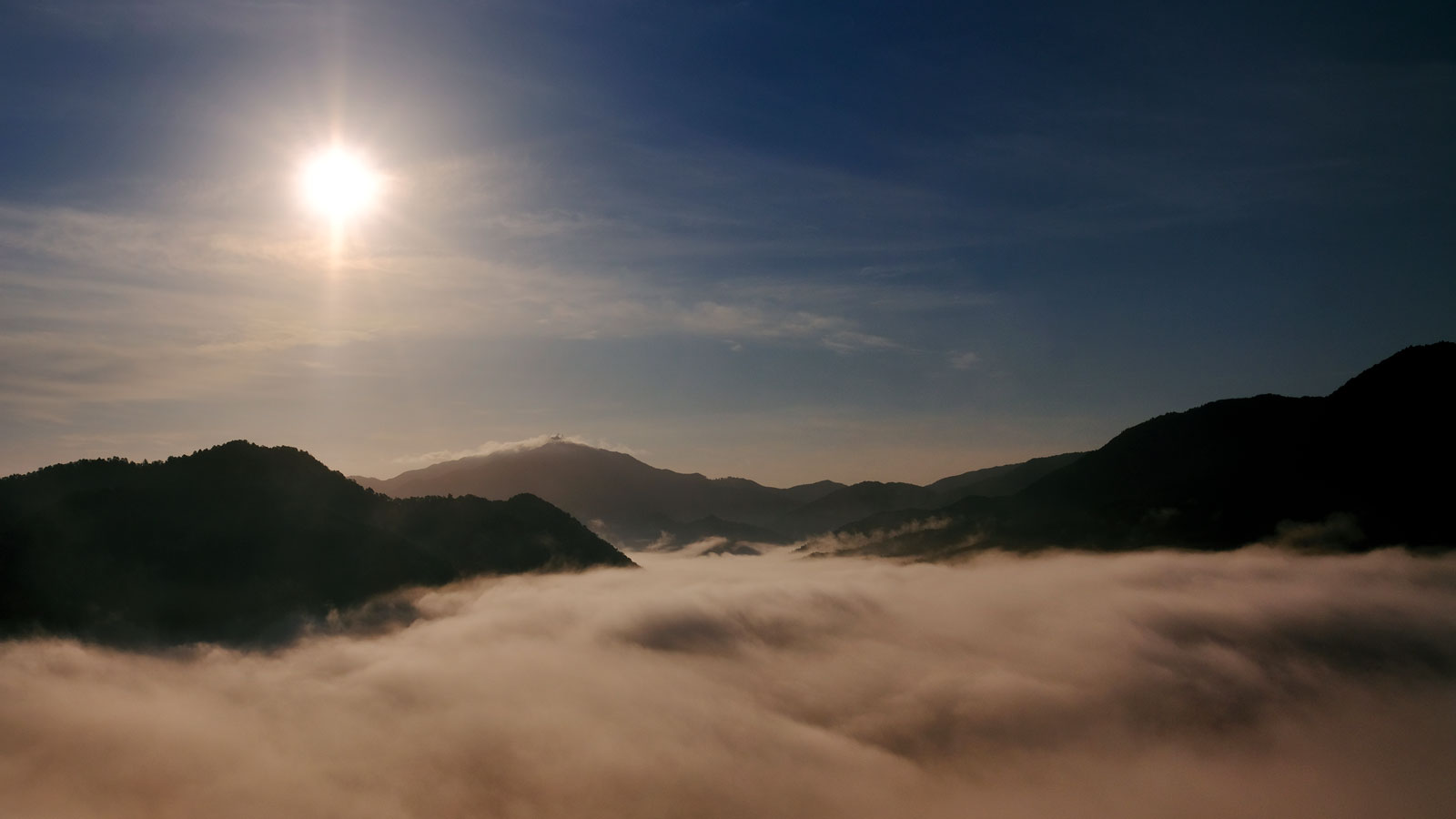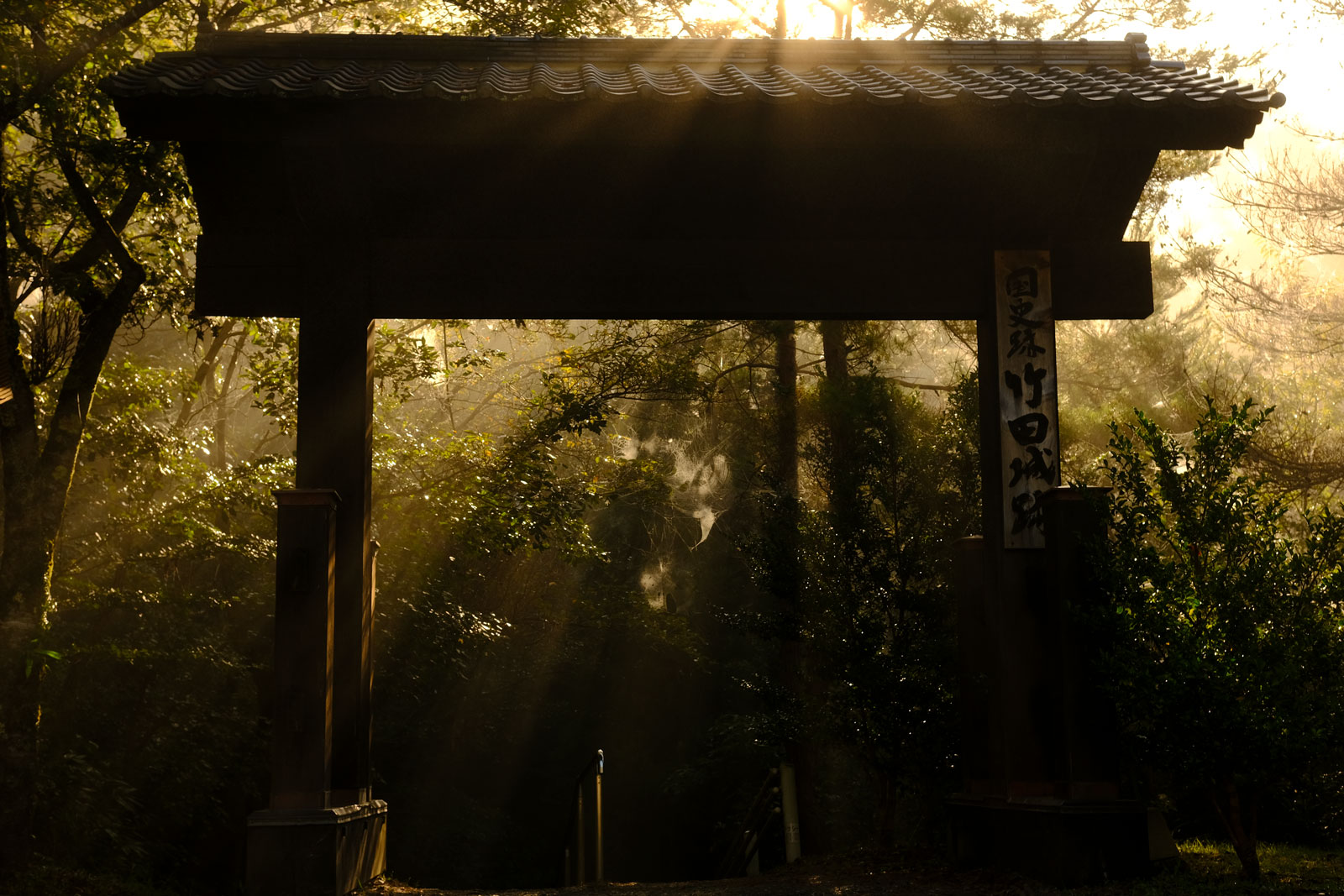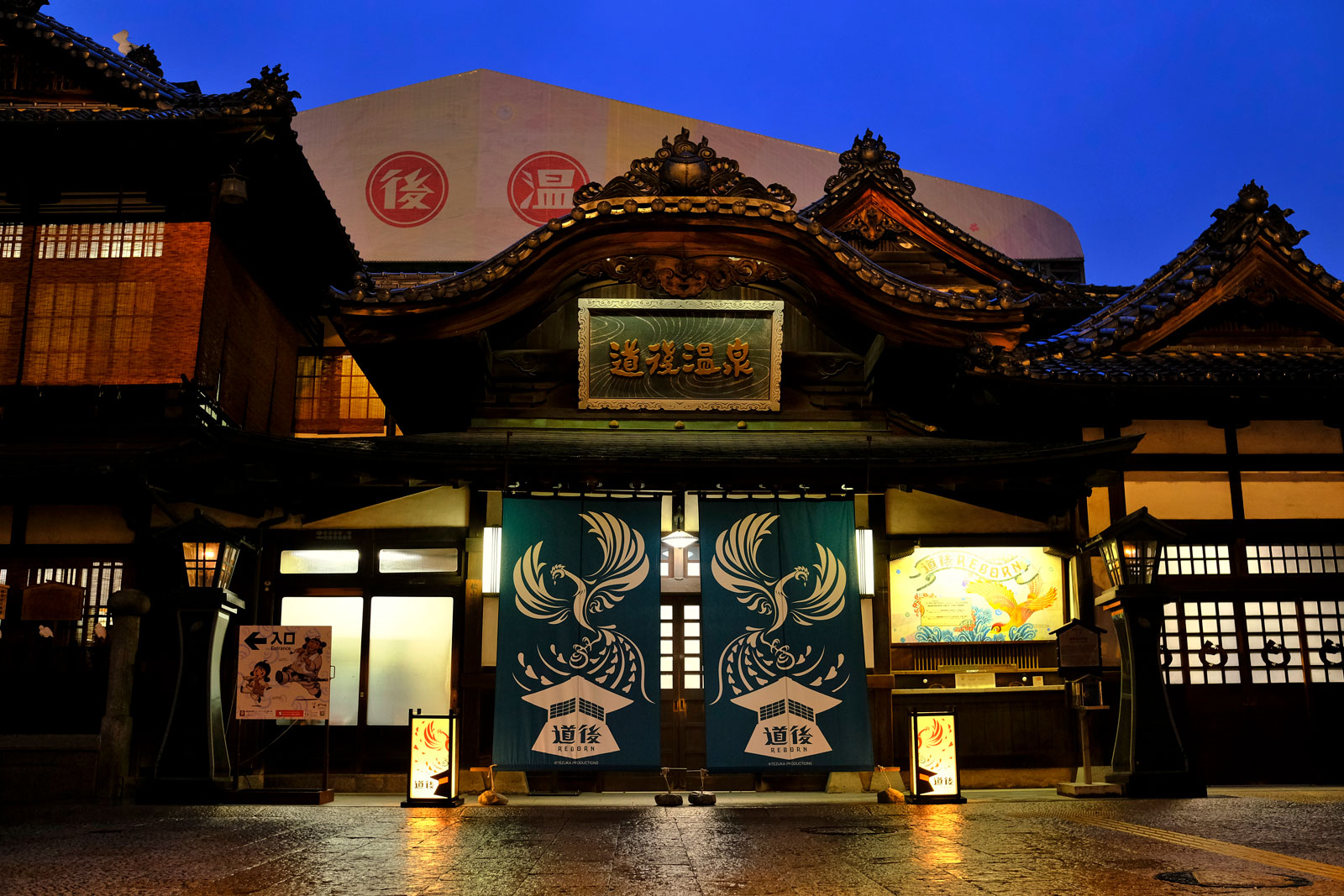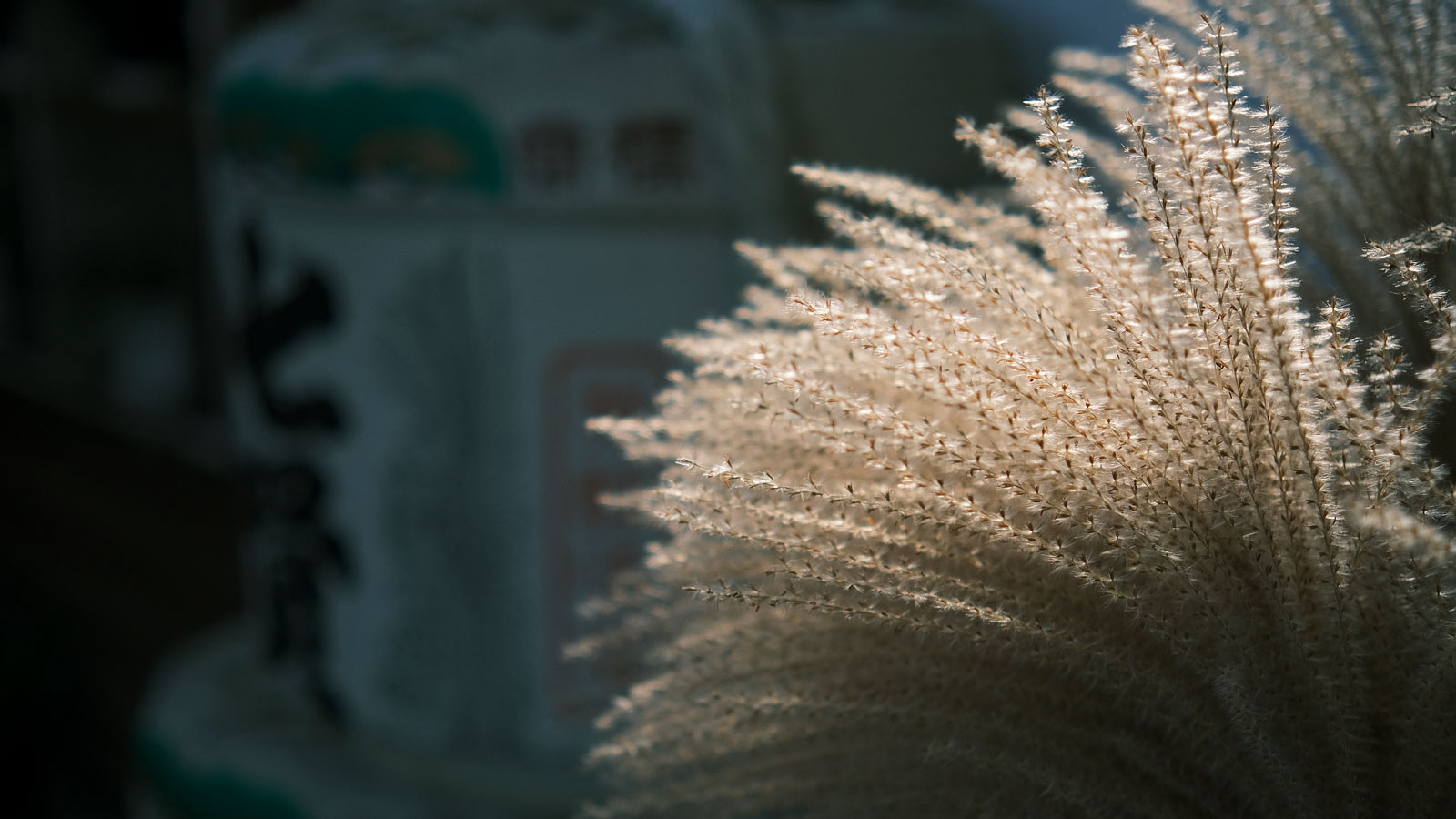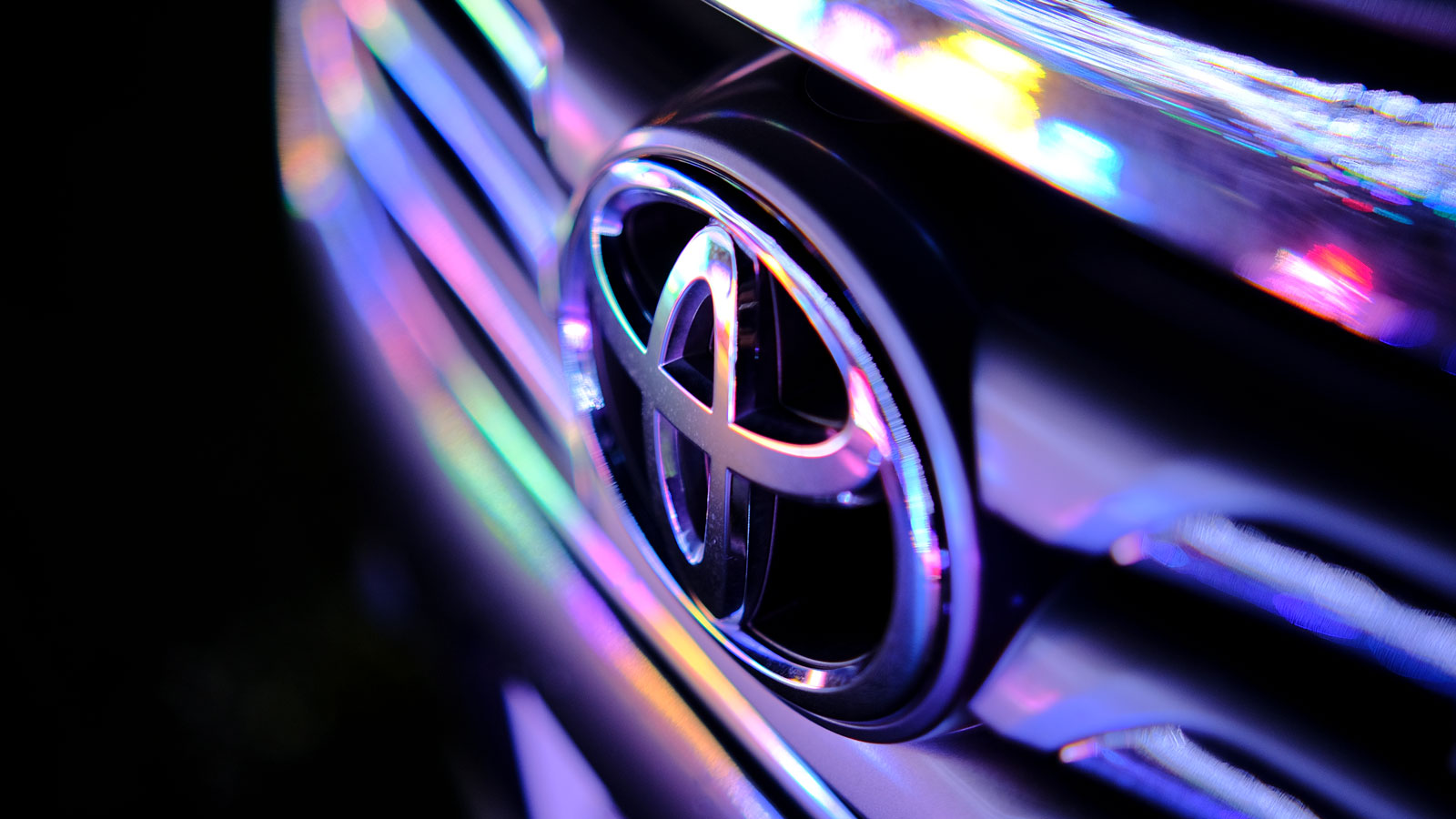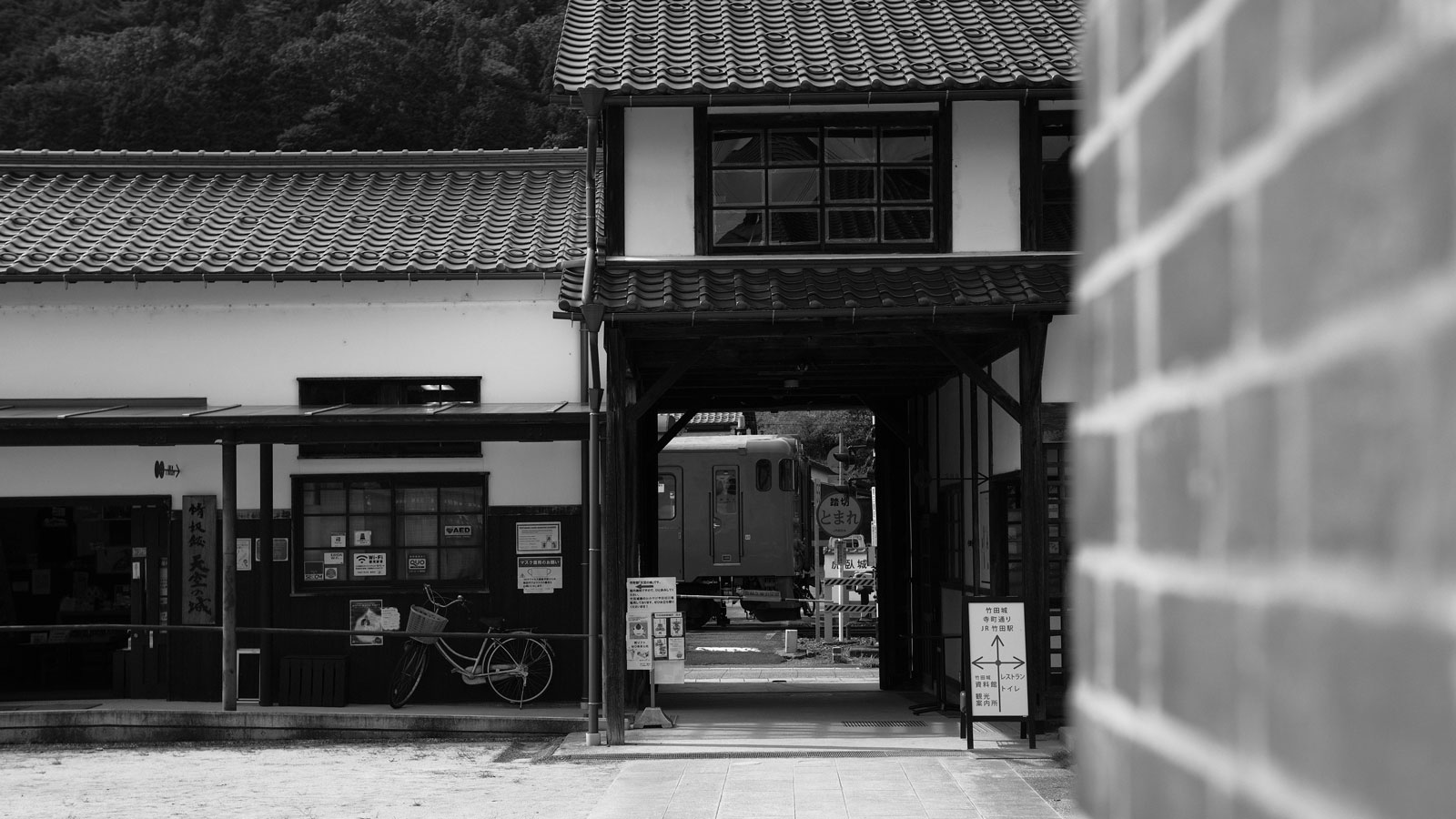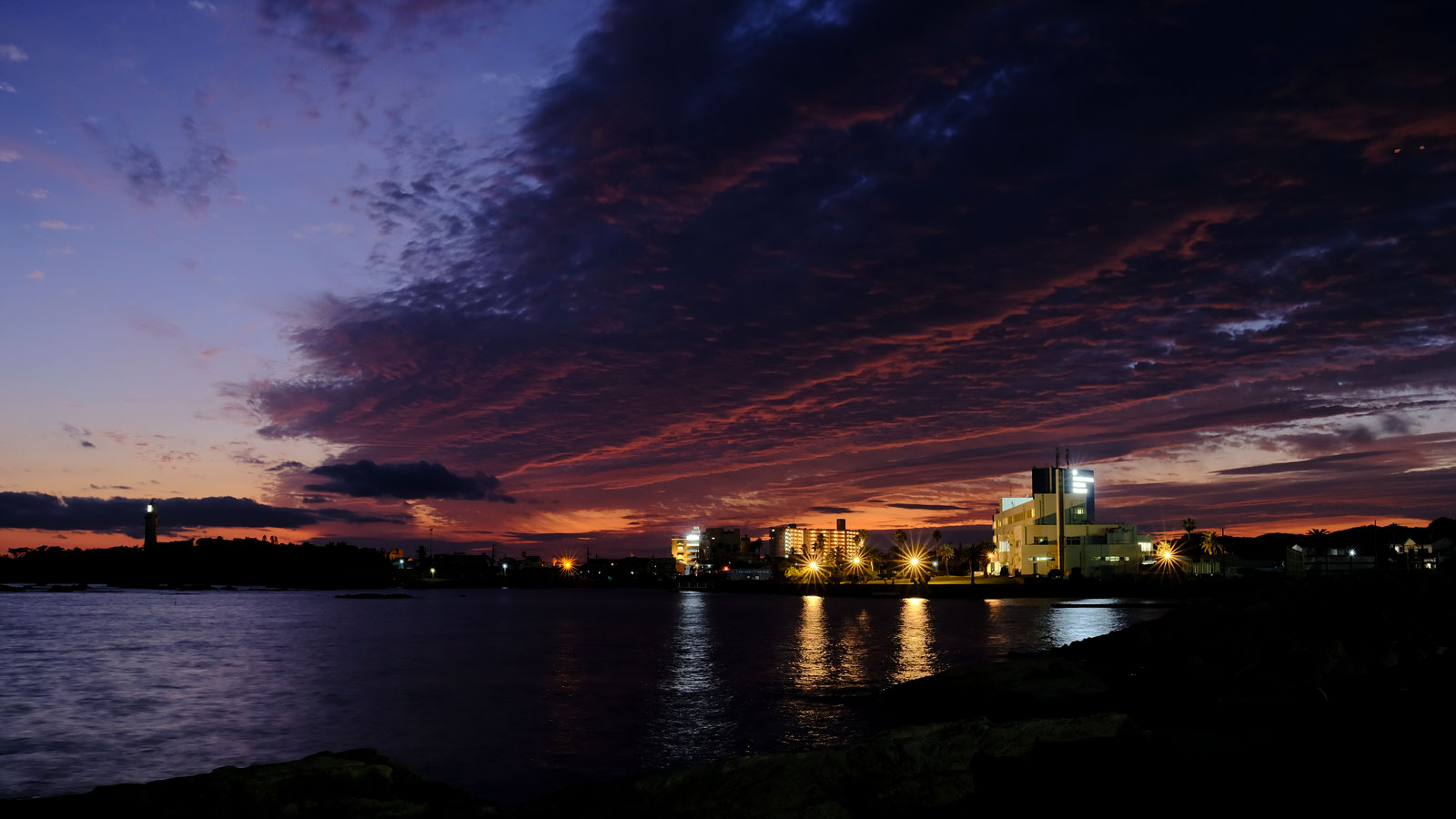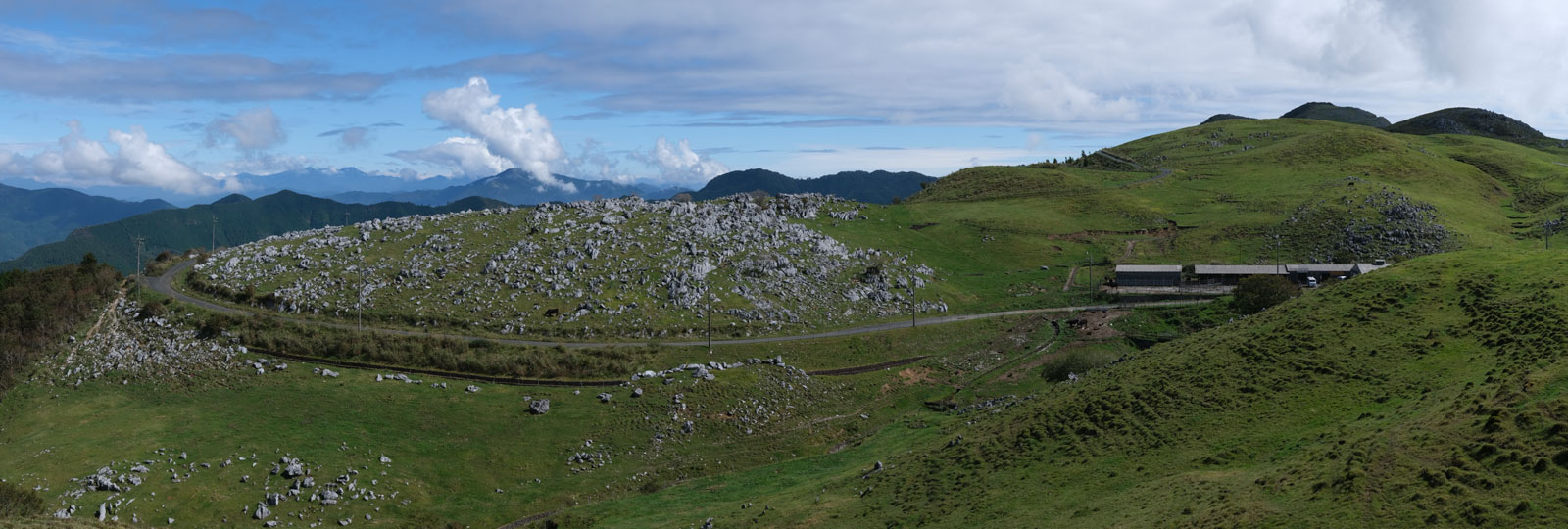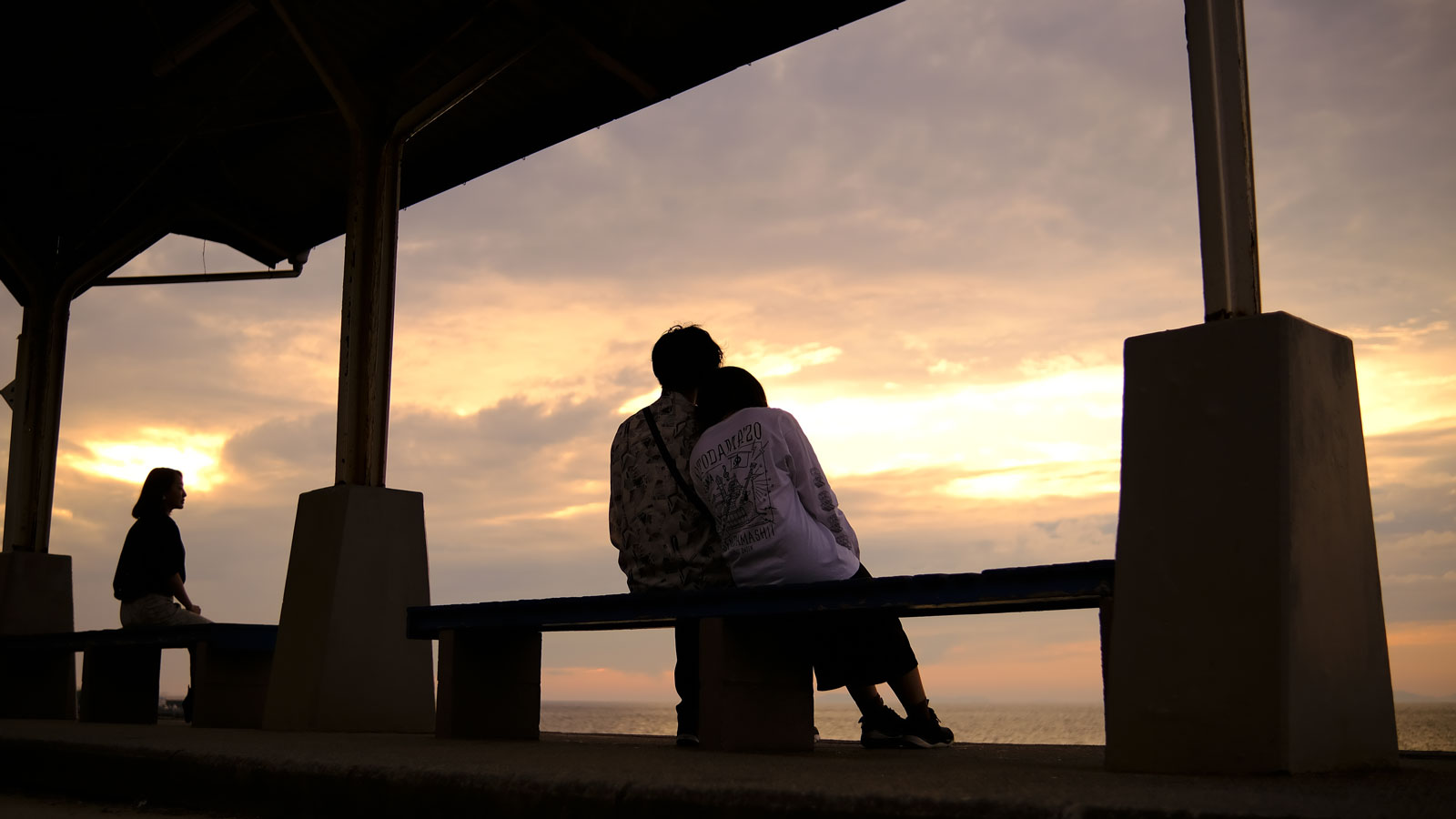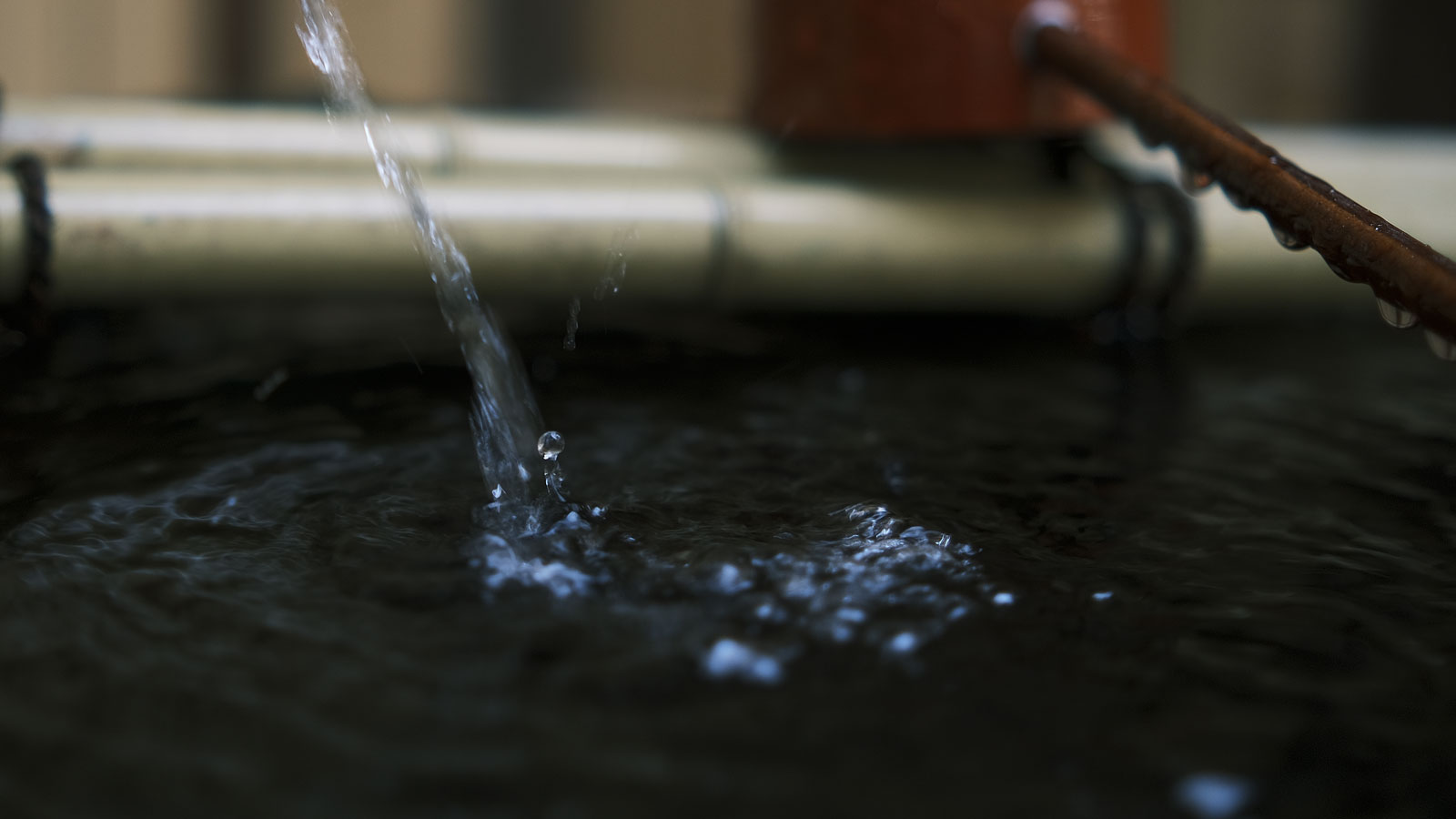atx-m 23mm F1.4 X and atx-m 33mm F1.4 X | A how to guide
Hello! This is photographer Toshiya Ogawa.
Here we will talk about recently released two Tokina fixed focal lenses for Fujifilm X mount: the atx-m 23mm F1.4 and atx-m 33mm F1.4. The 'm' of the atx-m stands for 'motif', representing the stiring up of creative ideas. This is an inside story however, when interviewing Tokina people a few years ago, I was approached by a member within top management stating that Tokina is pursing new ways to allow all individuals to enjoy photography. They enthusiastically asked me: "Ogawa, please get excited!" Reminiscing on this, it appears that this new series is a result of Tokina's pursuit.
Anyway, back to the topic of this review. The FujiFilm X camera series is camera with a APS-C sized image sensor installed. Thus, a focal length of 23mm and 33mm corresponds to the field of view equal to 35mm and 50mm focal length respectively in full size calculation. The fixed focal length gear of this range is sought by many amateur photographers who may be wanting to know, "how can I take interesting photos?", rather than "what can I do with these lenses?" This review is catered to people thinking about purchasing their first single focal lens. I will provide my practical point of view on the most interesting aspects of these two lenses which seek to release the 'motif' within users. I understand there may be a lot of newcomers reading and thus I will not be using the terminology I regularly use to review Tokina lenses, but rather write as if I was having a regular conversation. Lets begin!
The difference between 23mm and 33mm lenses
What's the difference between 23mm (35mm for full frame) and 33m (50mm for full frame)? As you have read, you may have thought there is a difference in focal length numbers and the angle of view. In the photography club I am presiding over, many of my students had this question. It is not good to answer a question with another, however I answered with "what do you think?". Those who regularly use zoom lenses might answer with "difference in the angle of view". This isn't necessarily wrong however 23mm and 33mm lenses have a number of other differences and usages.
* Crop-factor for APS-C sized cameras is 1.5x. So, when referring to the full size 35mm format image sensor, we need to multiple the focal length by 1.5 (23mm x 1.5 = 34.5mm (35mm) / 33mm x 1.5 = 49.5mm (50mm)).
23mm lenses can be characterized as a lens that starts from wide angle and finishes in standard angle. This enables photographers to shoot straight at the object in standard manner or to capture object from different angles enjoying the perspective effects that this focal length can perform.
33mm lens provides an angle of view similar to how we humans see. This allows photographers to take optimal photos by selecting the main object in the capturing area and also highlighting the main object while adjusting the depth of field.
This of course is my own analysis and thus please refer to it as needed, however it is my understanding that most photographers generally use these lenses as outlined above.
Focal length characteristics
Some of you may still have trouble understanding based on the explanation above. If there is one thing to take away regarding these two lenses, it is that focal lengths have strengths and characteristics for each distance.
Characteristics of the 33mm focal length
For example, the 33mm F1.4 (50mm in full frame). This is also known as the standard focal length. "Why is this the standard?" you may ask. There are numerous theories however I would like to focus on the focal distance's characteristics. 33mm does not have a wide-angle lens effect, making close objects look bigger and almost eliminating the perspective effect, which causes objects in the distance to appear smaller. Furthermore, 35mm does not provide telephoto lens effect, showing objects in the distance closer (compression effect). That is, the 33mm provides a natural view within its vicinity. This is the key characteristics of the 33mm lens, allowing a near human vision perspective. The standard focal length provides a standard close to the natural appearance, and using this effectively when forming your photo composition makes the 33mm F1.4 an unique and interesting lens.
Additionally, the 33mm F1.4 can be considered a training lens and in fact, the first single focus lens I had was a 50mm F1.4 which helped me learned the basics of photography.
Characteristics of the 23mm focal length
As previously mentioned, the 23mm lens performs an equal angle of view as 35mm in full frame conversion. This 35mm focal length has a dual sided aspect that is: "standing between standard angle and wide angle of view". We previously discussed that the 33mm (35mm conversion: 50mm) allows a near human vision perspective however, the 23mm (35mm conversion: 35mm) provides a wide perspective effect when shooting at an angle. On the other hand, when not shooting at an angle, the lens will perform wide image that cannot be taken with the 33mm.
It may be hard to comprehend by just reading my written explanation and thus I will discuss further while comparing images taken with Tokina's atx-m 23mm F1.4 and atx-m 33mm F1.4 lenses.
Comparing the 23mm and 33mm lenses on the same object
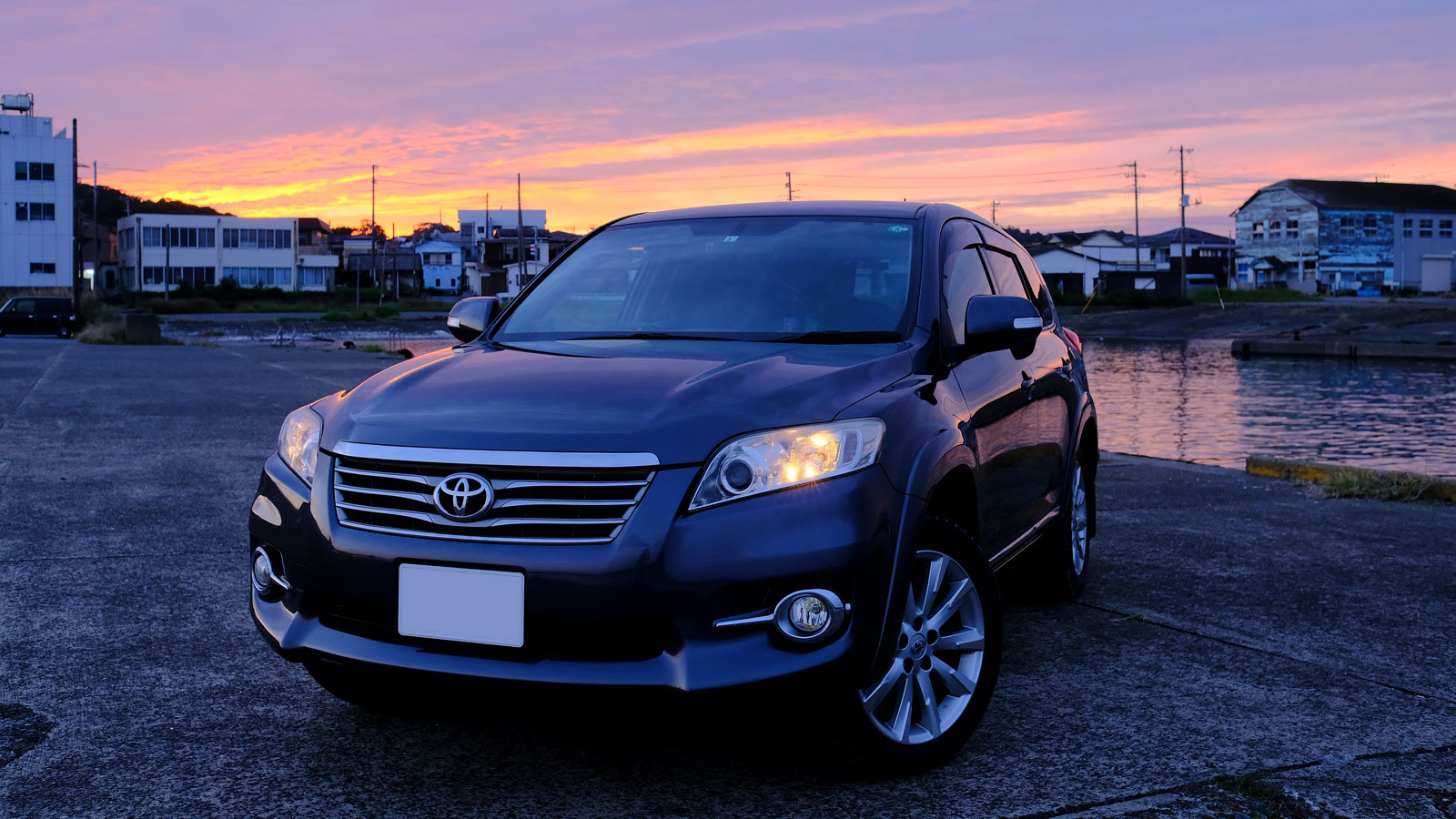 |
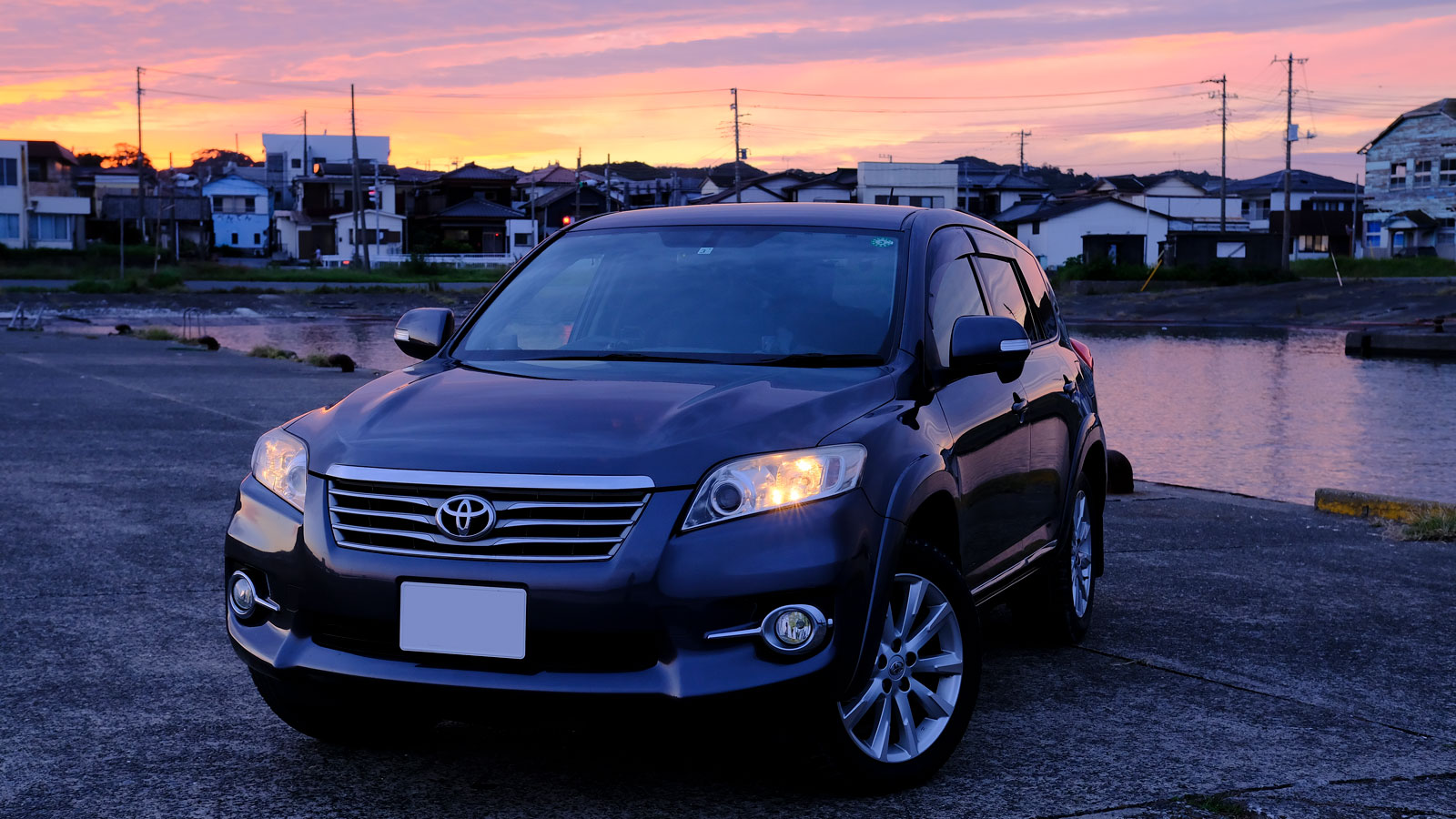 |
Please note that there is a slight discrepancy between two photo compositions.
I have done my best to shoot directly at the subject (car) to display the differences. As you can see the images looks the same except the angle of view that gets different.
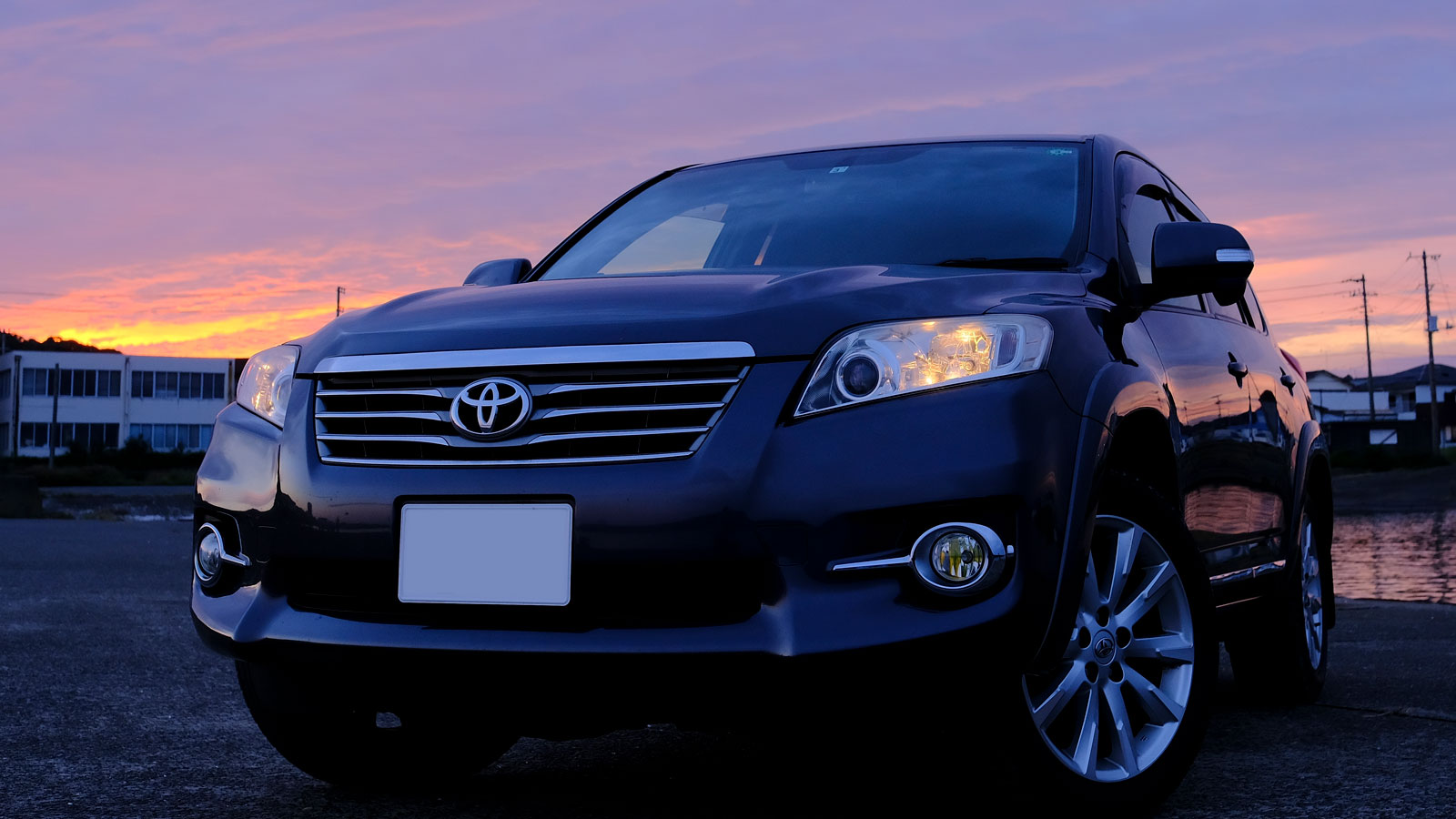 |
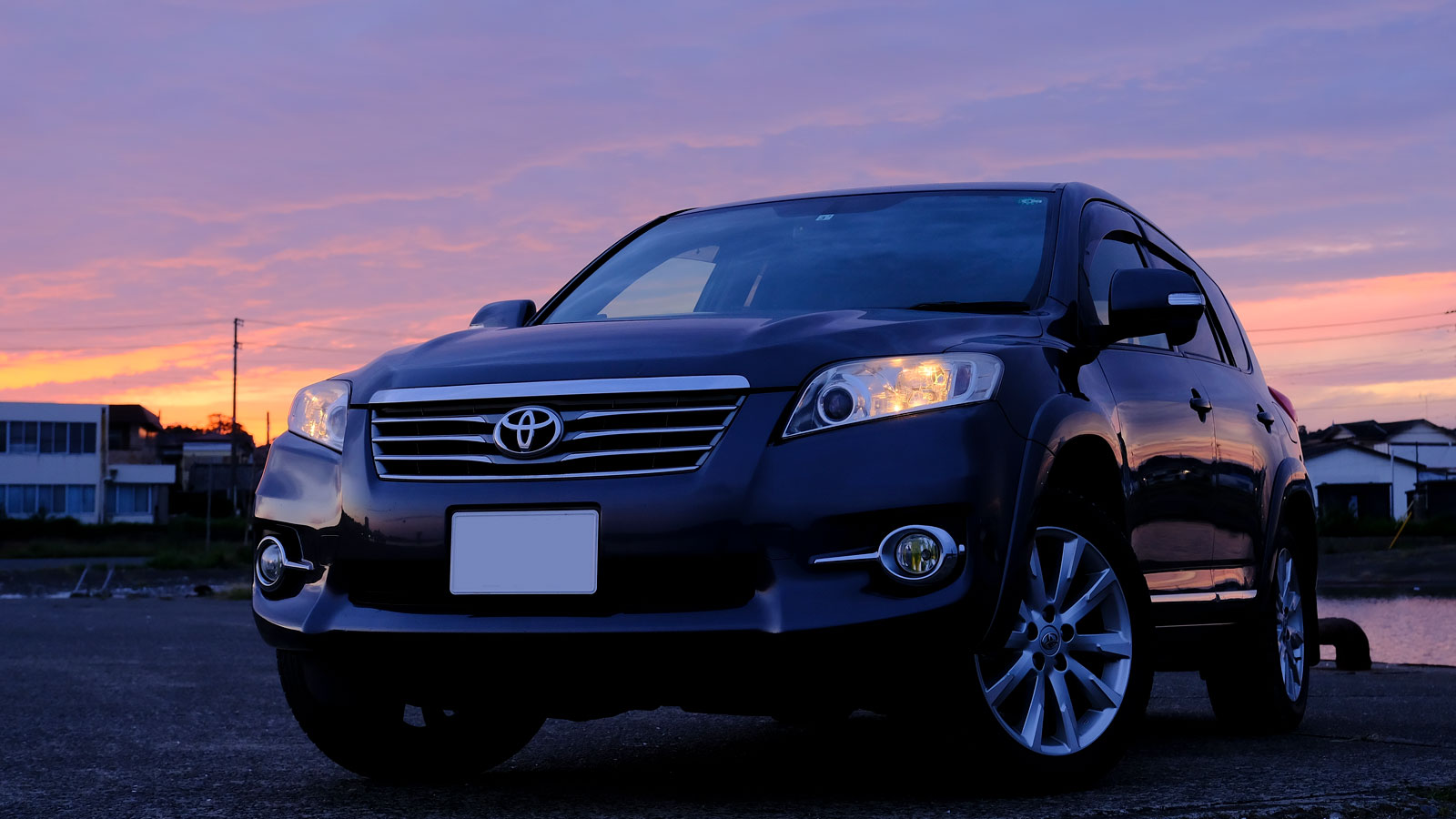 |
When shooting at a low angle, the 23mm's perspective effect can clearly be felt. The door mirror remains the same size however the front of the car appears wider with the perspective effect and the body line appears to have grown. Thus one may use both sides of the 'standard start, wide angle finish' aspect the 23mm provides. On the other hand, the 33mm with its near human vision, is able to capture the accurate body of the car without any deformation. Therefore, I recommended to change the lens according to the image you wish to take.
When shooting these images, I kept the settings the same for both lenses. As you can see, the atx-m 23mm F1.4 and atx-m 33mm F1.4 have successfully preserved the dark tones and provided enough sharpness within the image. The contrast is excellent and thus the sky reflecting off the car has been recreated to great effect.
Testing the 23mm
By adding an angle to the lens through a low-angle composition, closer objects appearing bigger and objects in the distance appearing smaller, also known as the perspective effect, can be observed. Moving actively and using the strengths of the focal length enables you to capture images like those above with the 23mm.
Testing the 33mm
The 33mm is commonly used when taking portraits.
I previously mentioned that the 33mm provides a near human vision aspect, allowing you to photograph while maintaining a plain image. However, in regards to portrait lenses which commonly use a 56mm medium photo lens (35mm conversion: 85mm) , the blurred background produced as a result of the compression effect appears bigger but can also compress the face of the model, losing detail. There definitely may be cases where I might pursue this compression effect however, when wanting the capture the model exactly as I saw her, I proceeded with the 33mm lens.
You might have noticed the light spots in the blurred background, resulting in objects shaped like "rugby balls". When utilizing a fast single focus lens with a F1.4 aperture this shape can be acceptable. Depending on different lenses out there, the shape of these balls may also be cut off on one side. This is not the case with the atx-m 33mm F1.4, which provides an excellent and natural shape to these blurred lights.
Let's look at another 33mm image. It was taken in an alleyway in front of a row of traditional Japanese buildings, creating a scenic atmosphere. The location's atmosphere is important when shooting and thus this photo was taken only with the lighting present in the alleyway. However, with this lighting alone the location was quite dark, but I decided to trust in the lens and forgo any strobe lights. With the intention to incorporate the background, I intended on using the atx-m 23mm F1.4 however, I considered the distance between myself and the background, and wanting to provide a relaxed feeling within the alley, so finally I proceeded with the 33mm.
With the 33mm I considered where and how I can shoot and compose my photograph. Please refer to the colored lines in the example above. Firstly, the red line starts from the lamp in the foreground and proceeds to the background, attaching itself to the smaller lamp acting as an anchor point. This produces a 'link' which helps convey depth within the image. The lining up of the yellow vertical lines also help in producing depth. Following this, the horizontal railing tie the 'link' and helps the overall construction of the photograph. Lastly, the model's position was decided so her face wouldn't clash with the white box, and to produce a traditional Japanese atmosphere, she was positioned within a close oriental golden ratio of 1:14. The relaxed night atmosphere of this alleyway was successful due to the 33mm strength to mimic human vision and thus is recommended when capturing the essence of a location. The lens' ability to reproduce dark tones and fast aperture allowed me to overcome the lack of lighting in this image.
Using camera functions when shooting
FUJIFILM users may be aware of this however, in accordance with the color reproduction of the film, FUJIFILM invented unique color mode styles known as Film Simulations. I enjoy taking photos with these Film Simulations and I really enjoyed combining them when writing this review for the atx-m23 mm F1.4 and atx-m 33mm F1.4. In particular, Film Simulation's Classic Neg. and Classic Chrome combinations allowed me to take unique snapshots with these lenses.
The two images above were taken with a standard position however, the 23mm's characteristic of perspective effect created a wider alley, while the 33mm's affiliation for the human view, created a steep slope. Additionally, the atx-m 23mm F1.4 and atx-m 33mm F1.4 lenses combined with the Classic Neg. setting creates an immense feeling of atmosphere within the two images.
The 23mm projecting wide angle perspective, the 33mm allowing for enjoying a blurred image.
This image was taken when testing the AF-C performance. The gradation of the blue sky, the blue of the plane's logo, the light blue and white clouds in the distance have been recreated without appearing muddy. Standard color reproduction is also good.
With permission from: Cat Café Hinata-no-Mado | Website - Facebook
Photo taken of a cat with Astia saturated color mode. The atx-m 23mm F1.4 and atx-m 33mm F1.4 lenses with Astia provide a considerably soft looking cat.
Needless to say, lovers of landscape photography use the Velvia color mode. 23mm angle of view can capture these vivid colors of expanding sun rays.
33mm can reproduce the scenic colors of the morning light. This is a fast fixed focal length lens with high bokeh performance, however in this case when taking a wide shot, I really want to deepen the depth of field.
I enjoy shooting before the evening sun sets and night falls, within the short period of the "blue hour". I like using the Velvia color mode because I am able to capture the deep evening blue color of the sky. Concerning exposure settings: Velvia mode, white balance is 'sunny weather' regardless of rainy day, cloudy day or sunny day. Here is my small tip - I adjust my exposure to -0.3 or -0.7. By doing this I am able to produce a considerable dark blue sky. As explained previously, the atx-m 23mm F1.4 and atx-m 33mm F1.4 lenses are efficient in reproducing shadows and thus you are not going to ruin the dark tones like the example above or in the Japanese alleyway photo.
33mm lenses are commonly used for table photos too. You can feel the heat emitting from the cooked fish and rice through this appetizing image. The atx-m 33mm F1.4 is excellent at capturing these photos.
When using the 33mm, depending on the distance of the subject and angle, you can experience beautiful blurring effect. The two examples above were taken with a f/1.4 aperture. Concerning the photo on the left, I wanted to create fluffy pumpas grass in the foreground while not blurring the text on the sake barrels in the background. Thus I went slightly below the smallest distance that would allow optimal blur and composed my shot. Reversely, to create significant blur like the image on the right, I got as close as possible to the smallest distance that would allow optimal blur, and took my shot from an angle with the f/1.4 aperture. When learning to photograph blurred photos, the near human vision of the 33mm is the best lens and thus Tokina's atx-m 33m F1.4 would be an easy option to pick up for training exercises.
Lastly, Acros monochrome mode. FUJIFILM has two monochrome modes. The first is the Provia monochrome mode and the second is the Acros grainy monochrome mode. I like Acros monochrome mode. Along with the fun of playing with modeling, and light and dark areas, training with the 33mm enables you to understand each focal distance and the optimal time when to use other lenses.
Other features
The X-T4 I used as a test camera is equipped with In-Body Image Stabilization function. To correspond with the body, the atx-m 23mm F1.4 and atx-m 33mm F1.4 both benefit from this in-body camera shake correction. However, how far can it go? Lets test it.
Hand shake correction requires certain shutter speeds that change according to each lens. Given this, the standard shutter speed is set by the formula: 1/focal length. This 1/focal length is related to the full frame conversation rate. Seeing as 23mm lens with a 35mm conversation rate is 35mm, the shutter speed required for a hand shake correction is 1/35 seconds. With a 1 step correction - 1/16 seconds (actually it is 1/17 seconds), 2 step correction -1/8 seconds, 3 step correction -1/4 seconds, 4 step correction -1/2 seconds, 5 step correction -1 second and 6 step correction - 2 seconds. Within the example, in 2.5 seconds there will be no blur and thus it can take a correction of over 6 steps. That's really big! However, when exposing the picture I have learnt not to move or breath, and thus I suggest that you rely on a tripod that allows you to shoot without restriction rather than sacrifice any photographic freedom.
Additionally, the X-T4 can take panoramic shots and thus using the 33mm will allow you to take panoramic shots which provide a natural human view of a large landscapes. Please consider using this on your holiday trip!
In summary, the atx-m 23mm F1.4 and atx-m 33mm F1.4 lenses we have discussed not only differ in the angle of view but also in particular specifications of the focal length which have their unique advantages. Additionally, with a single focus lens, the understanding that "the composition can only be made by moving" is important. Alternatively, to truly appreciate and understand the distance between the camera and the subject, these lenses are great practice lenses. To add, knowing the different usages the 23mm and 33mm have will allow you understand the purpose of your movements and bring them into fruition.
The 23mm and 33mm lenses are completely different lenses when shooting within a close focal range and have their own characteristics that you can enjoy. If you are to control the blur, you will need to understand the distance between the subject and how far you can control the shutter. Depending on the angle of the subject and lens, the blur effect will change and thus how will you capture your shots. You will need to take these into consideration when photographing. Please remember these differences and put them into practice when shooting. Thank you!
